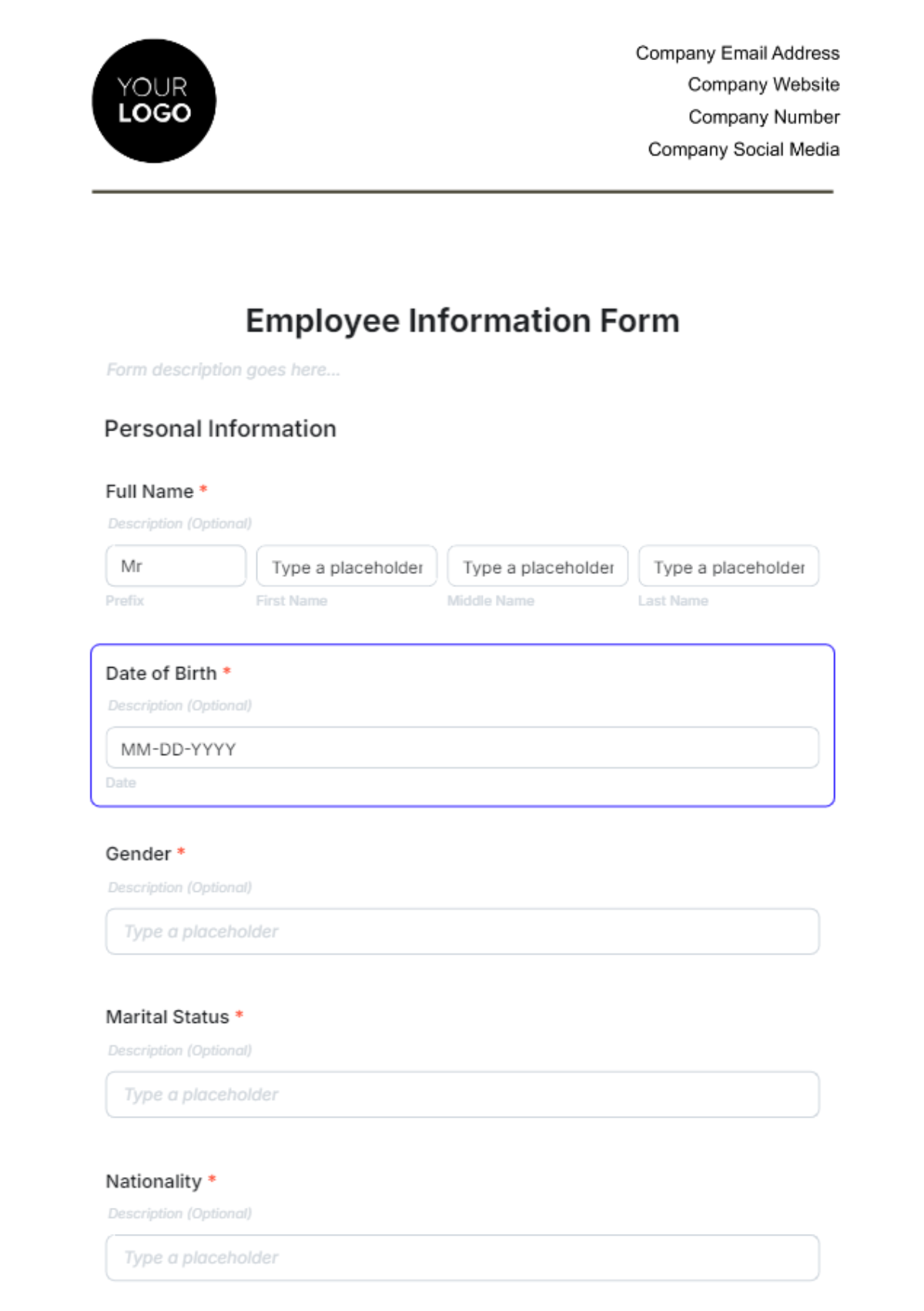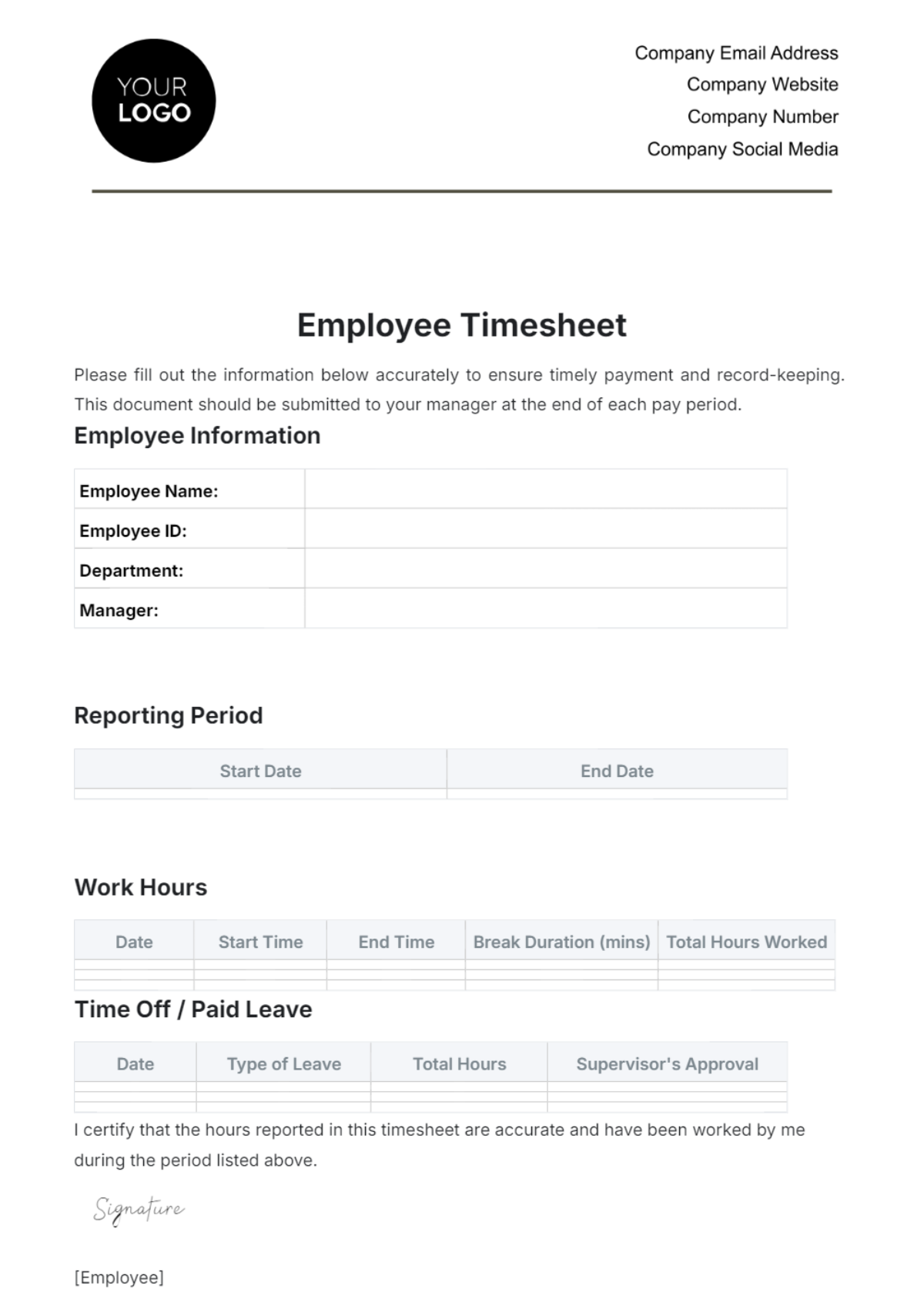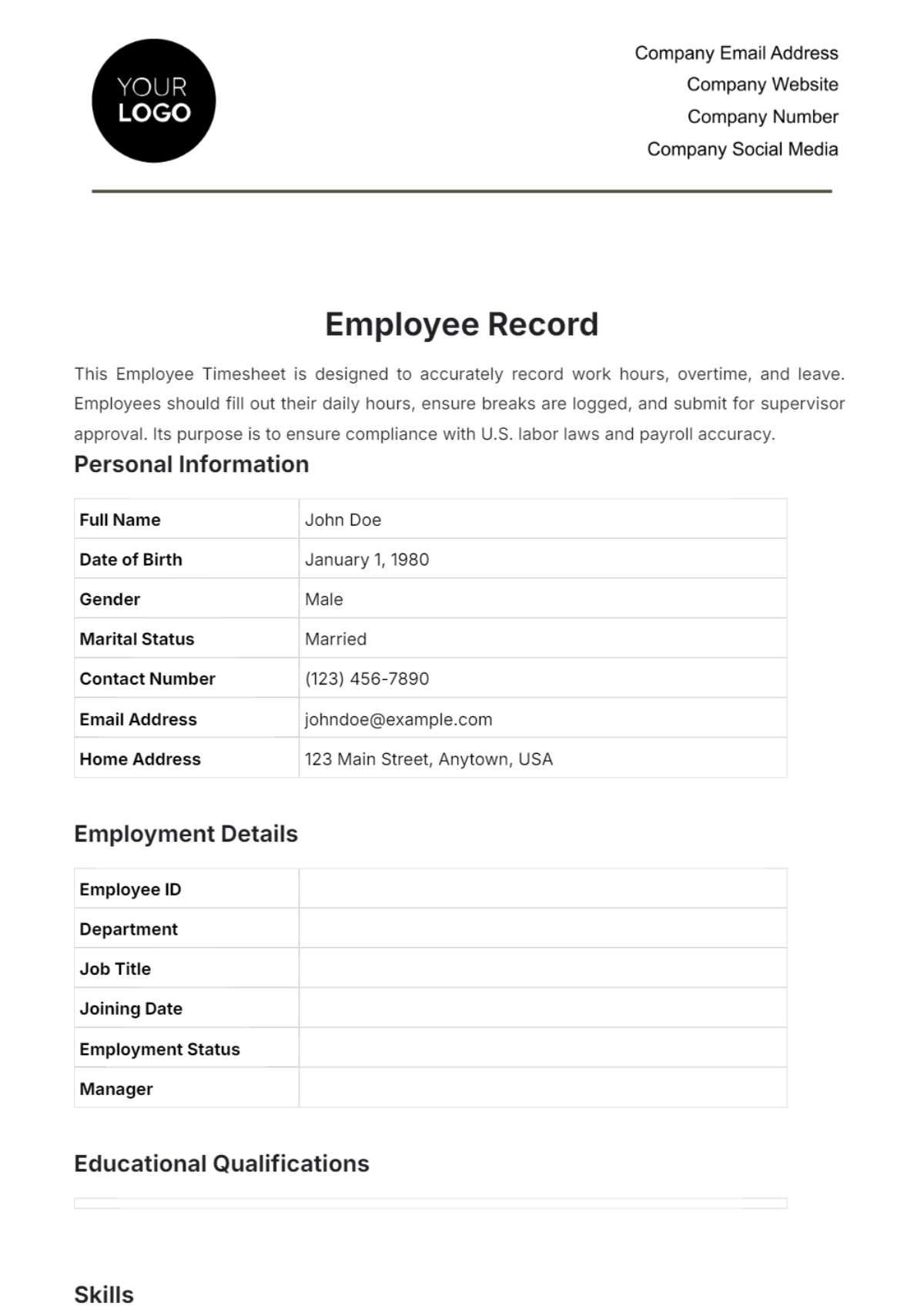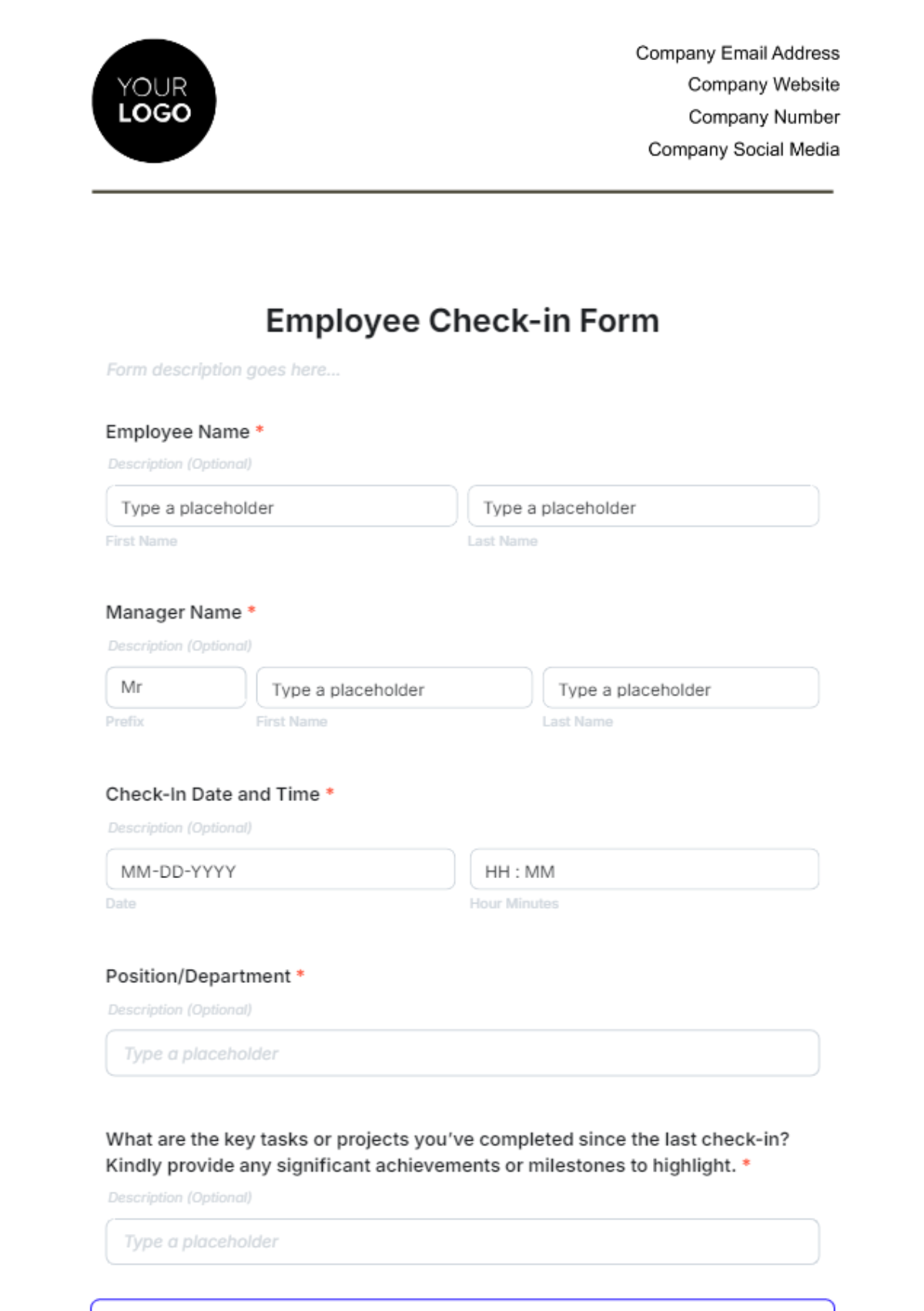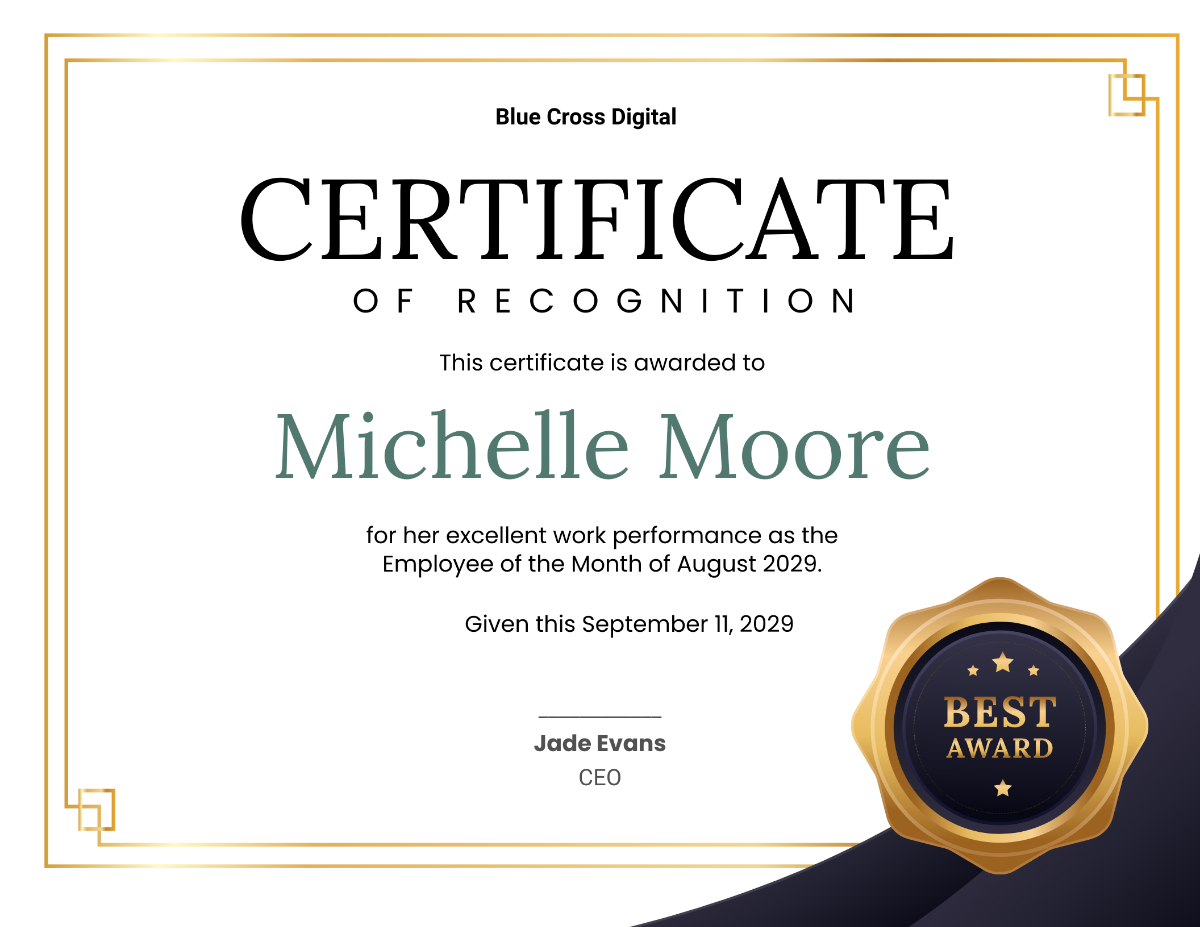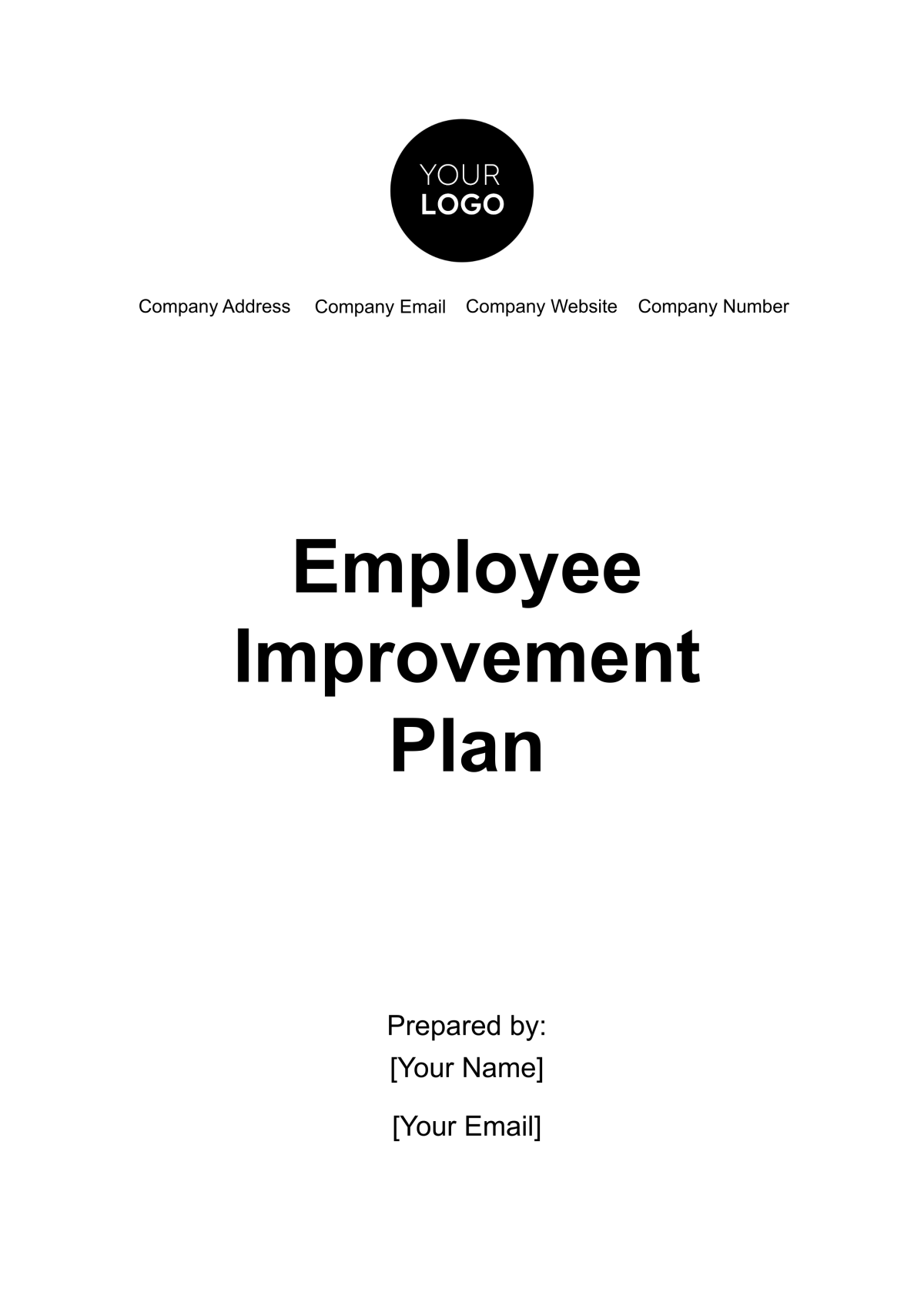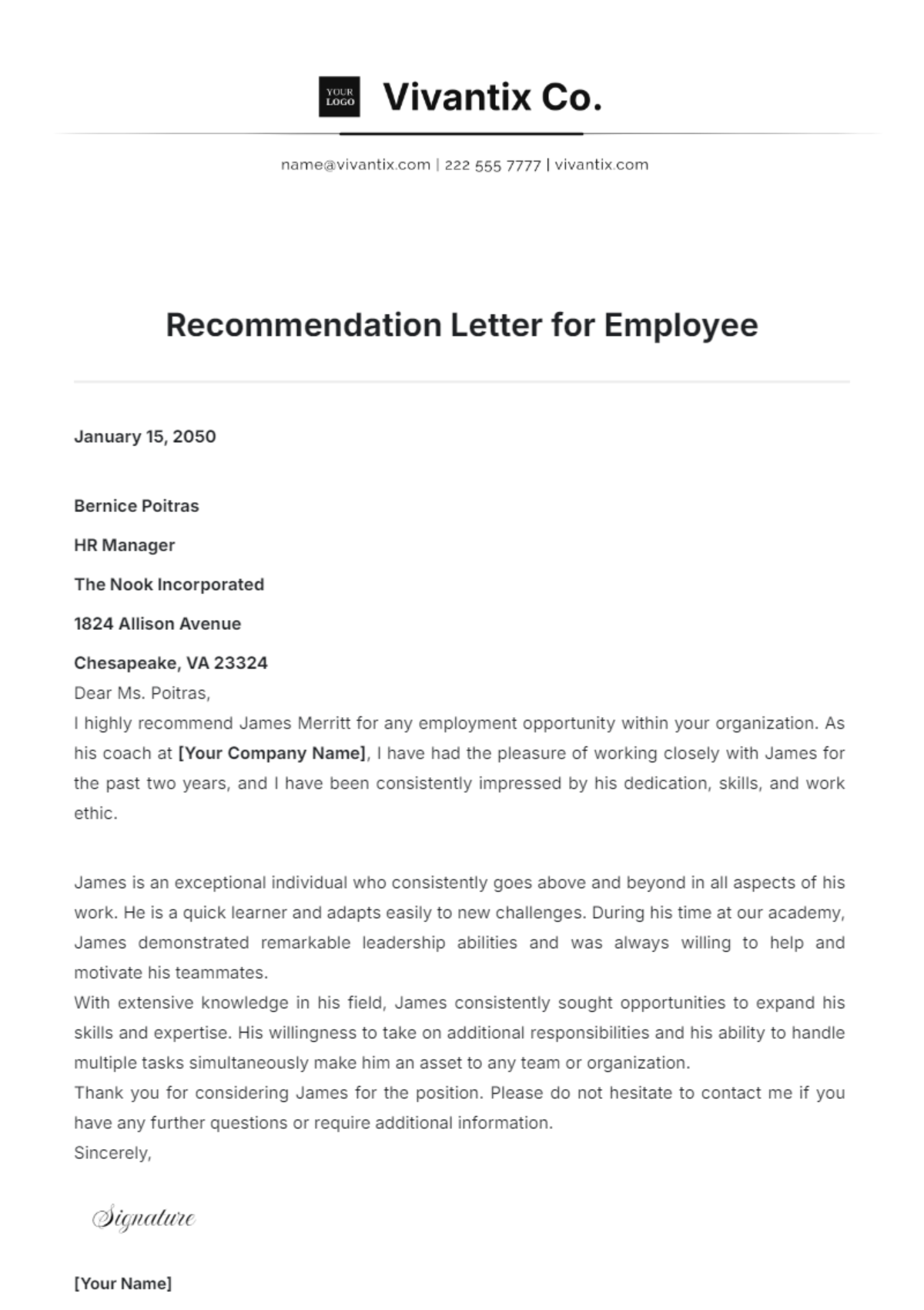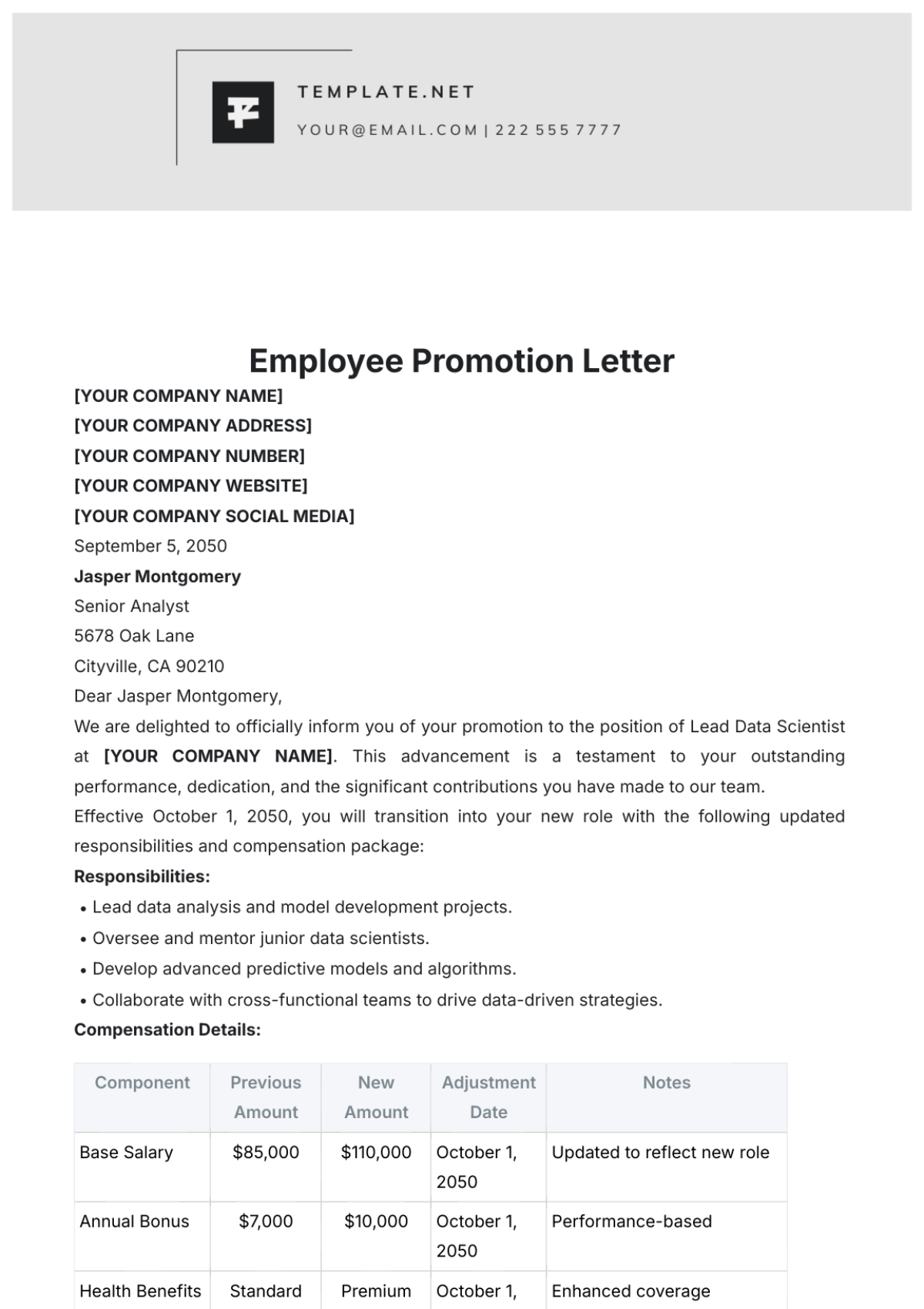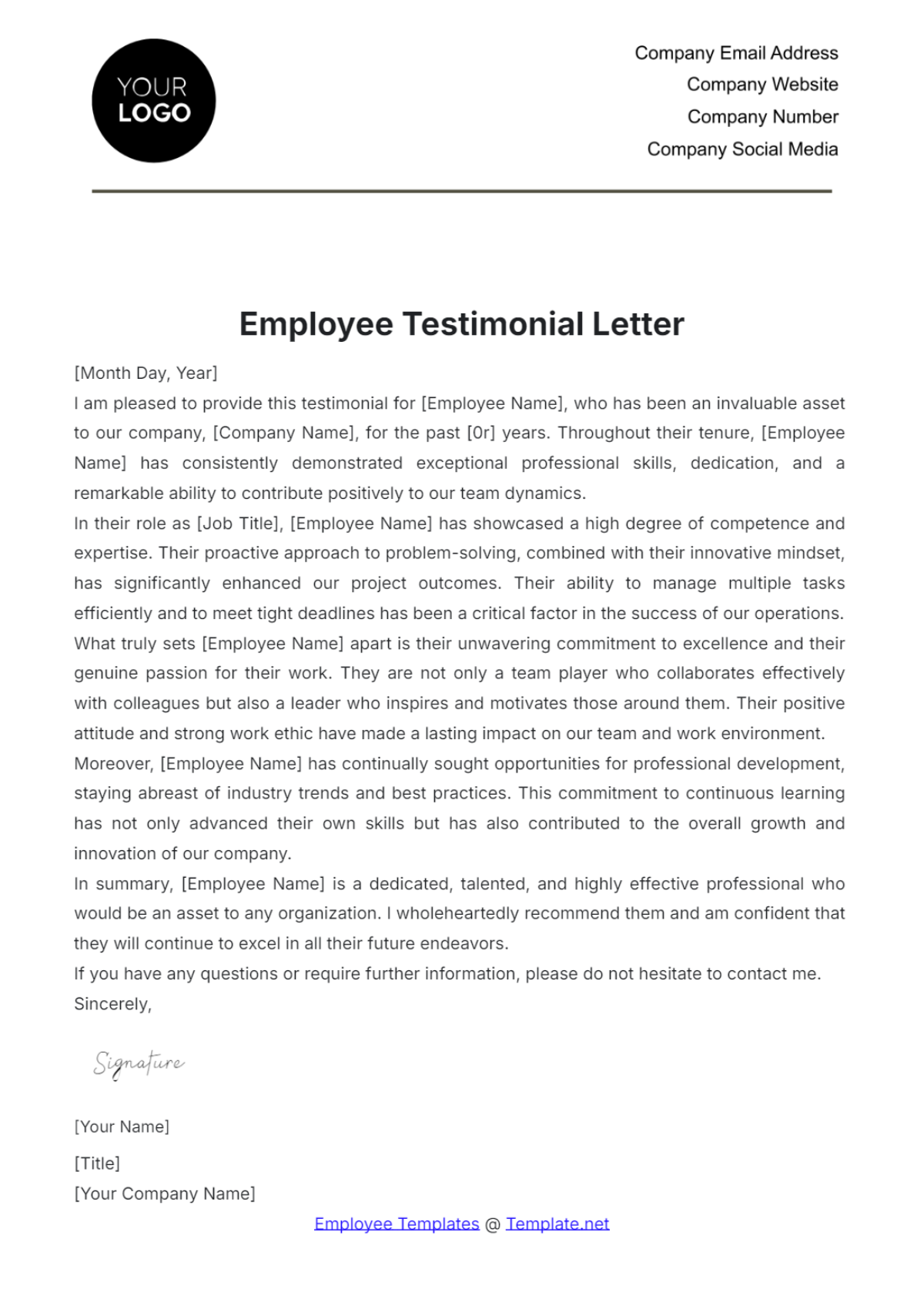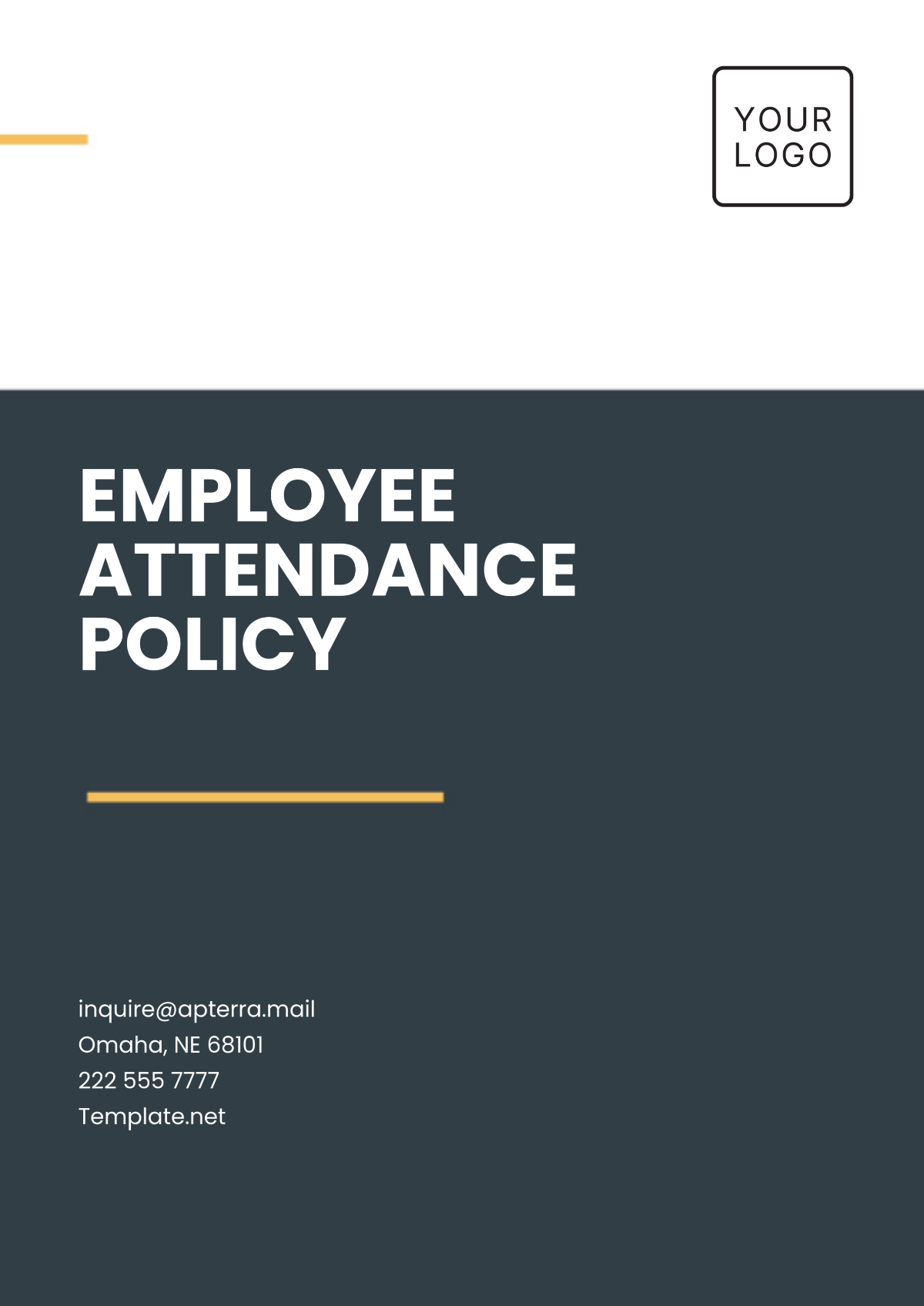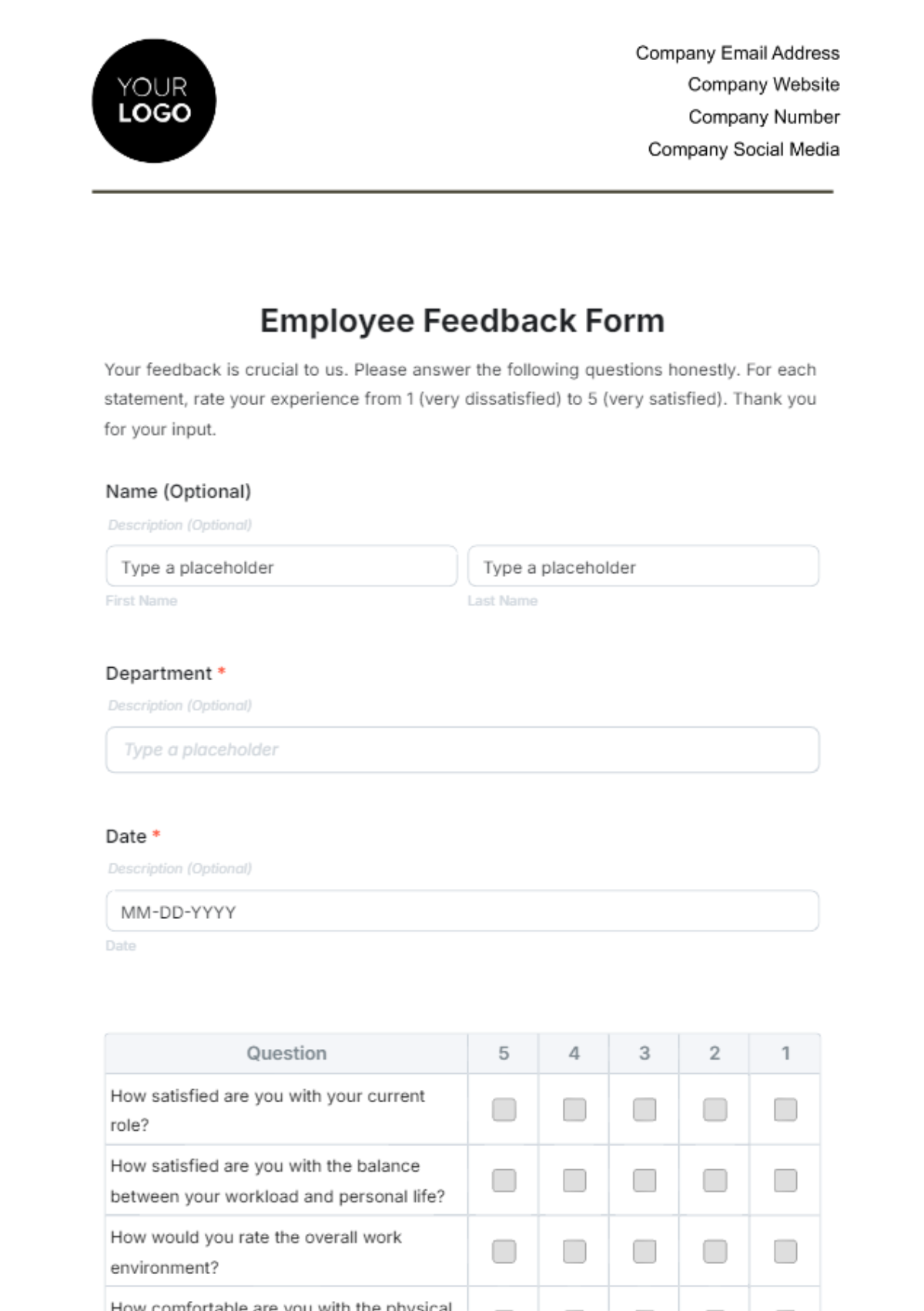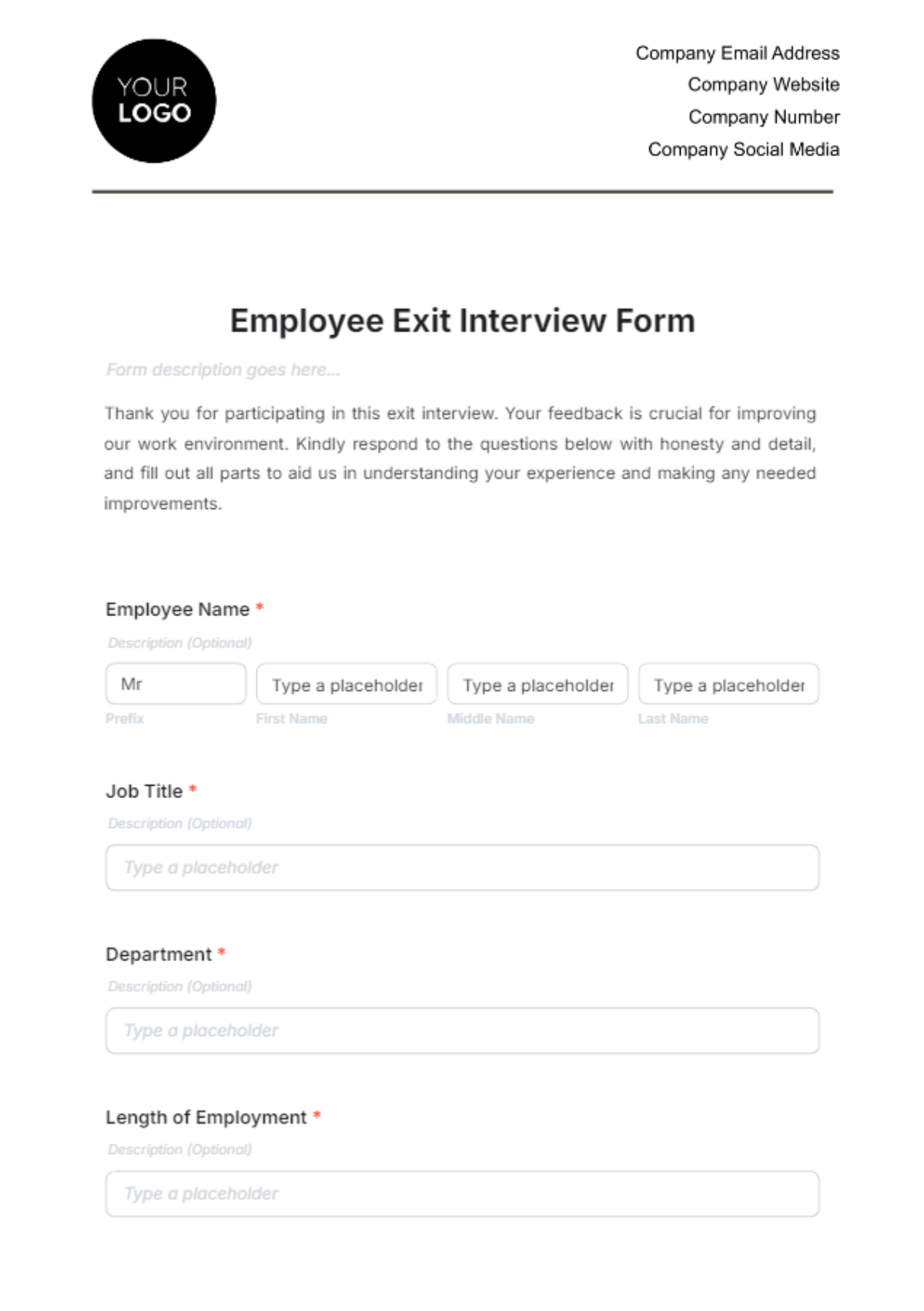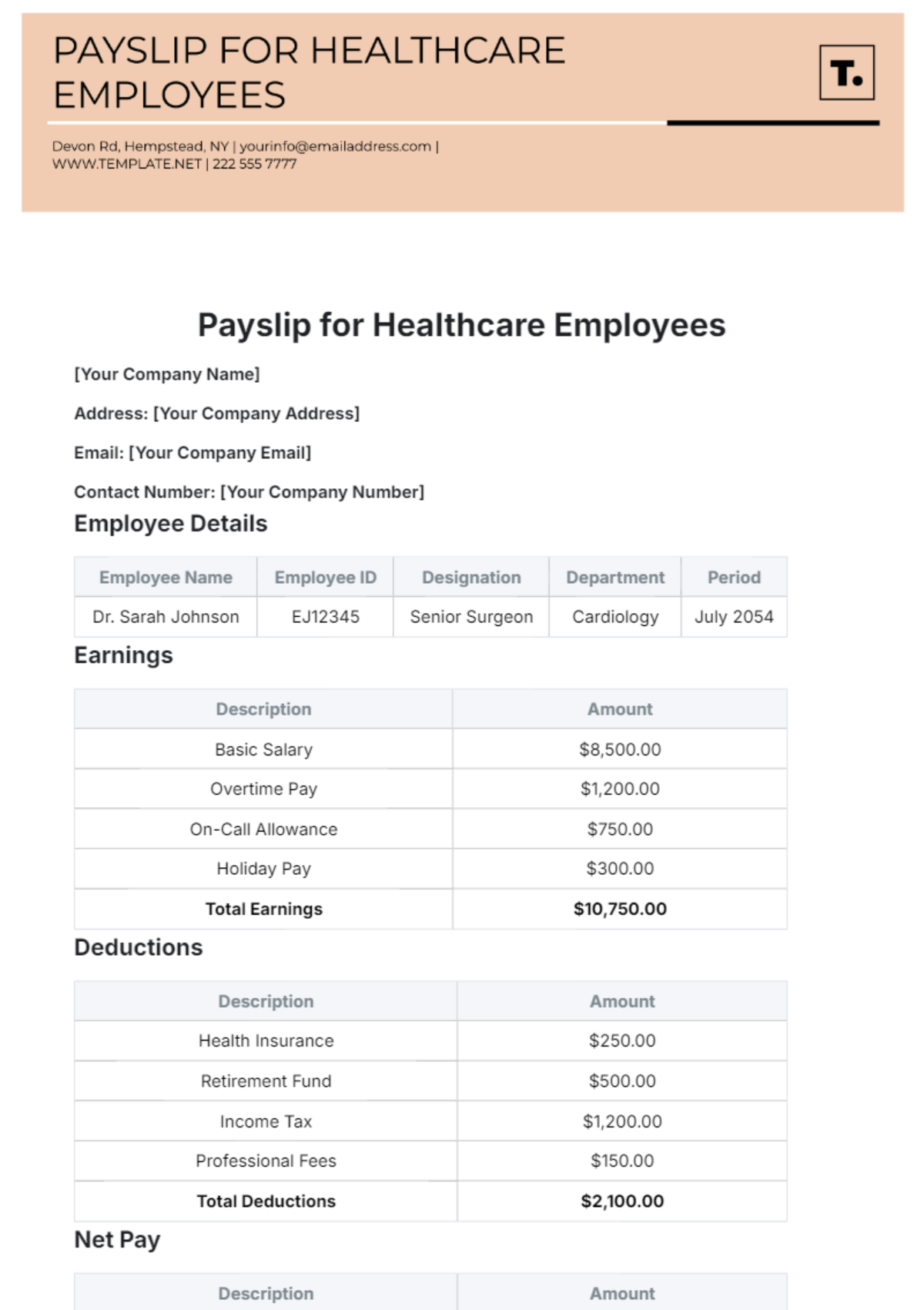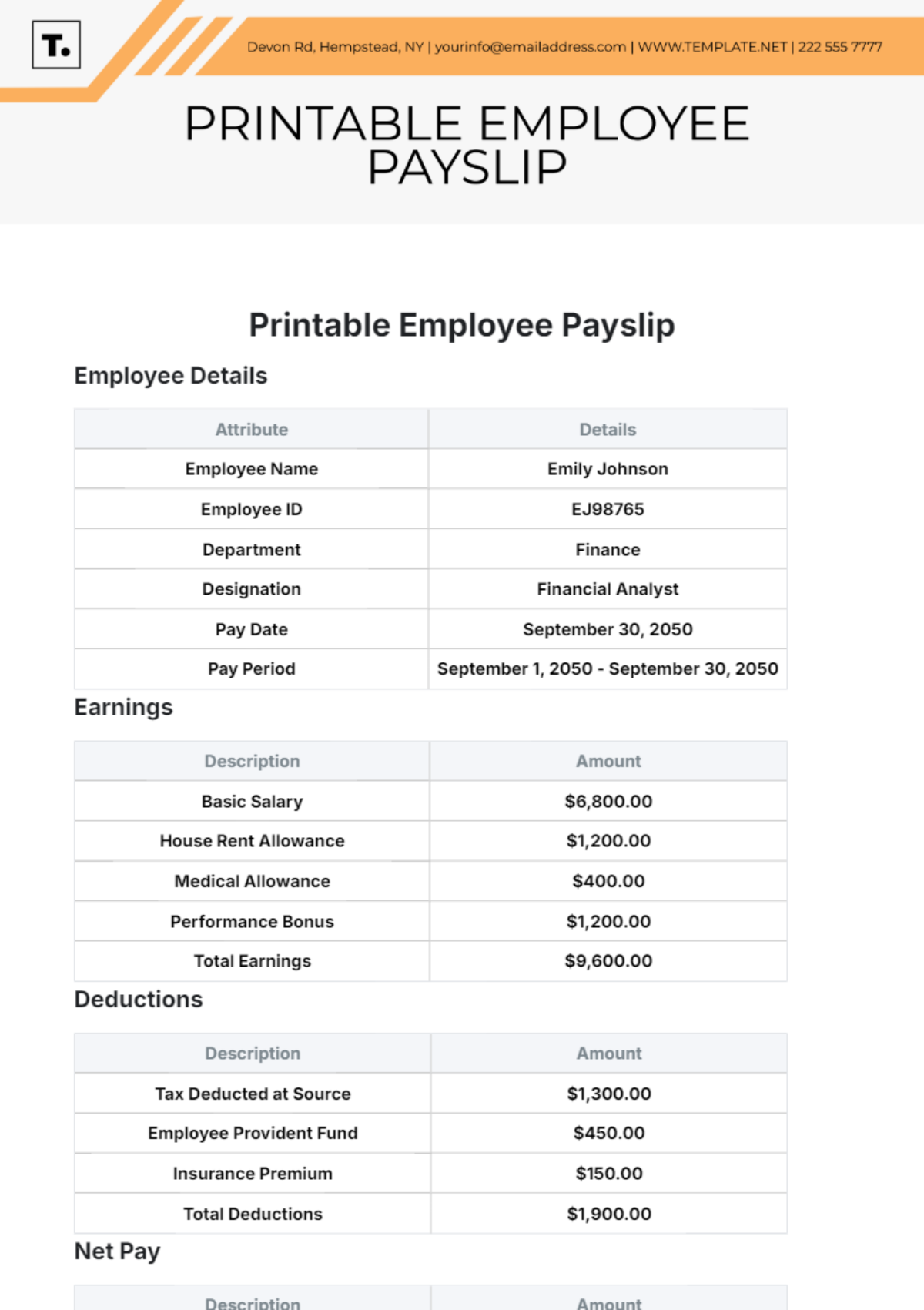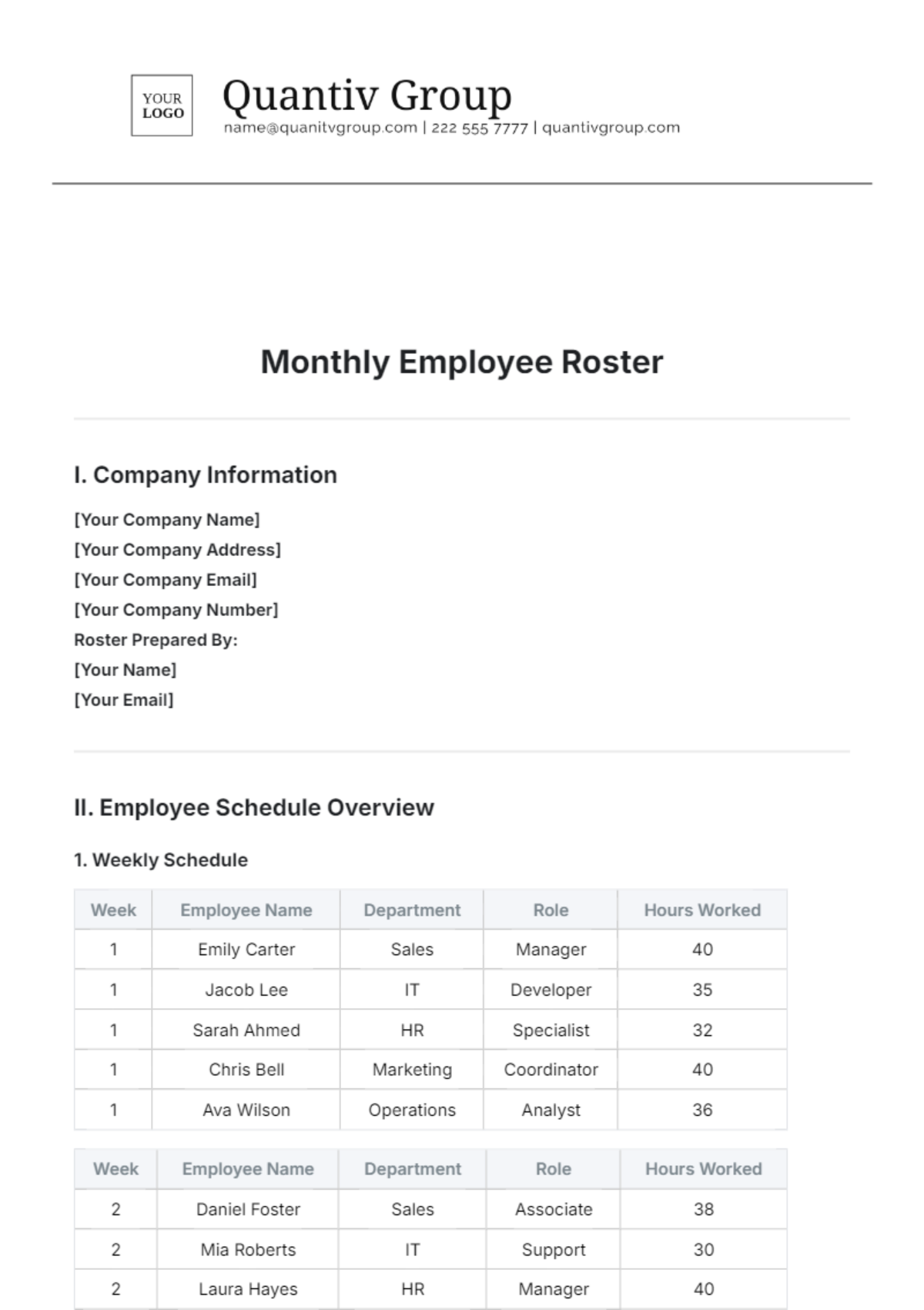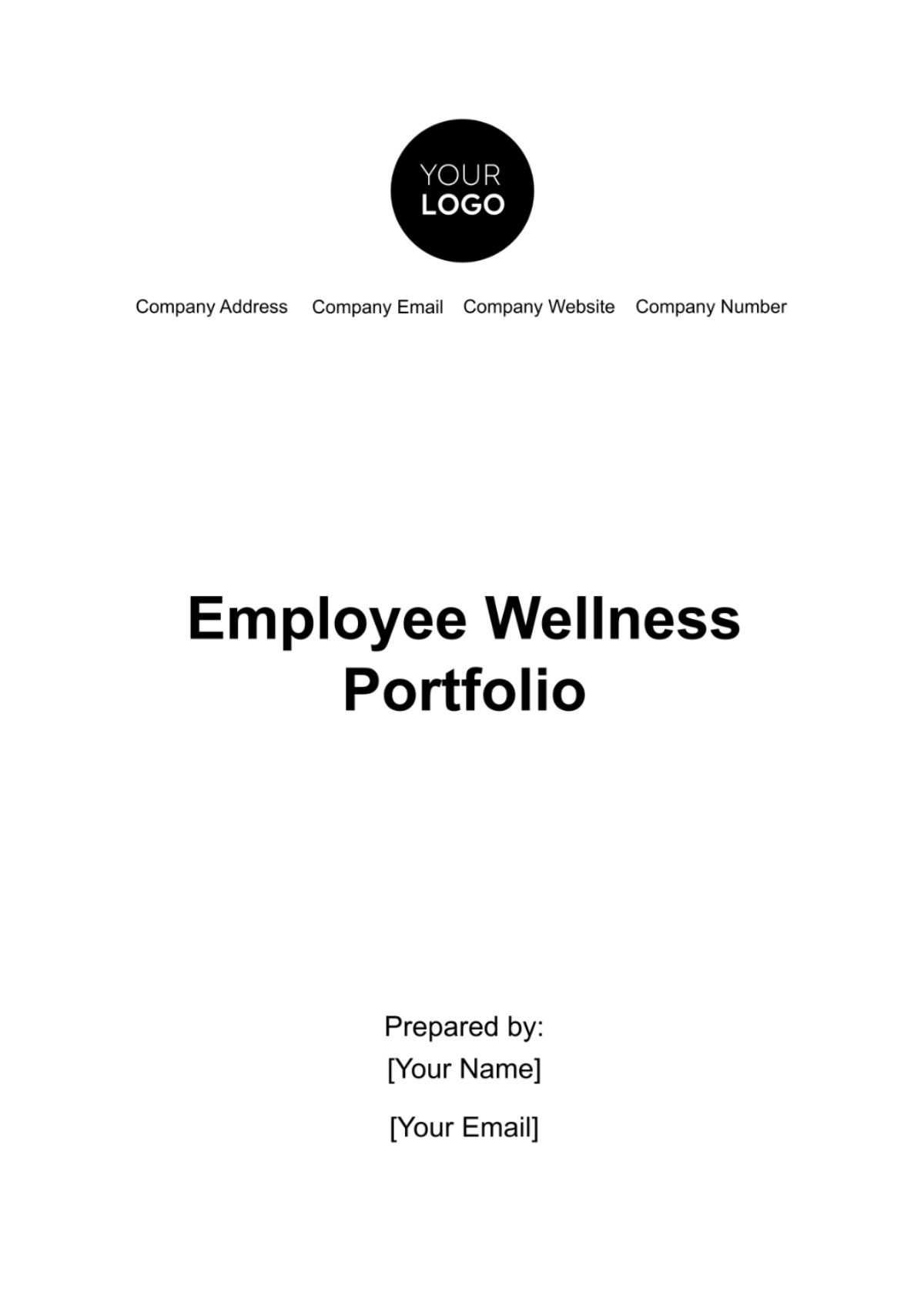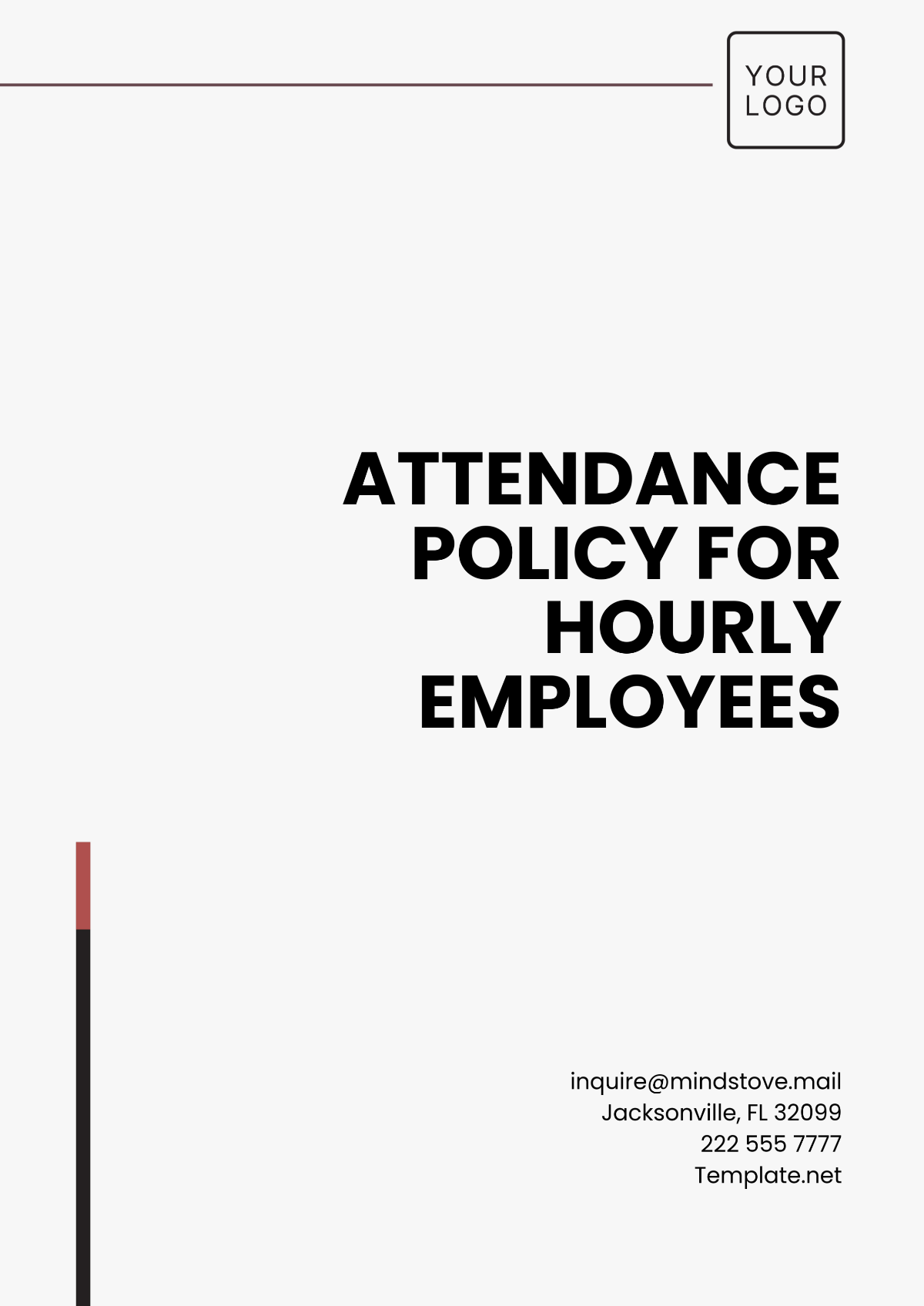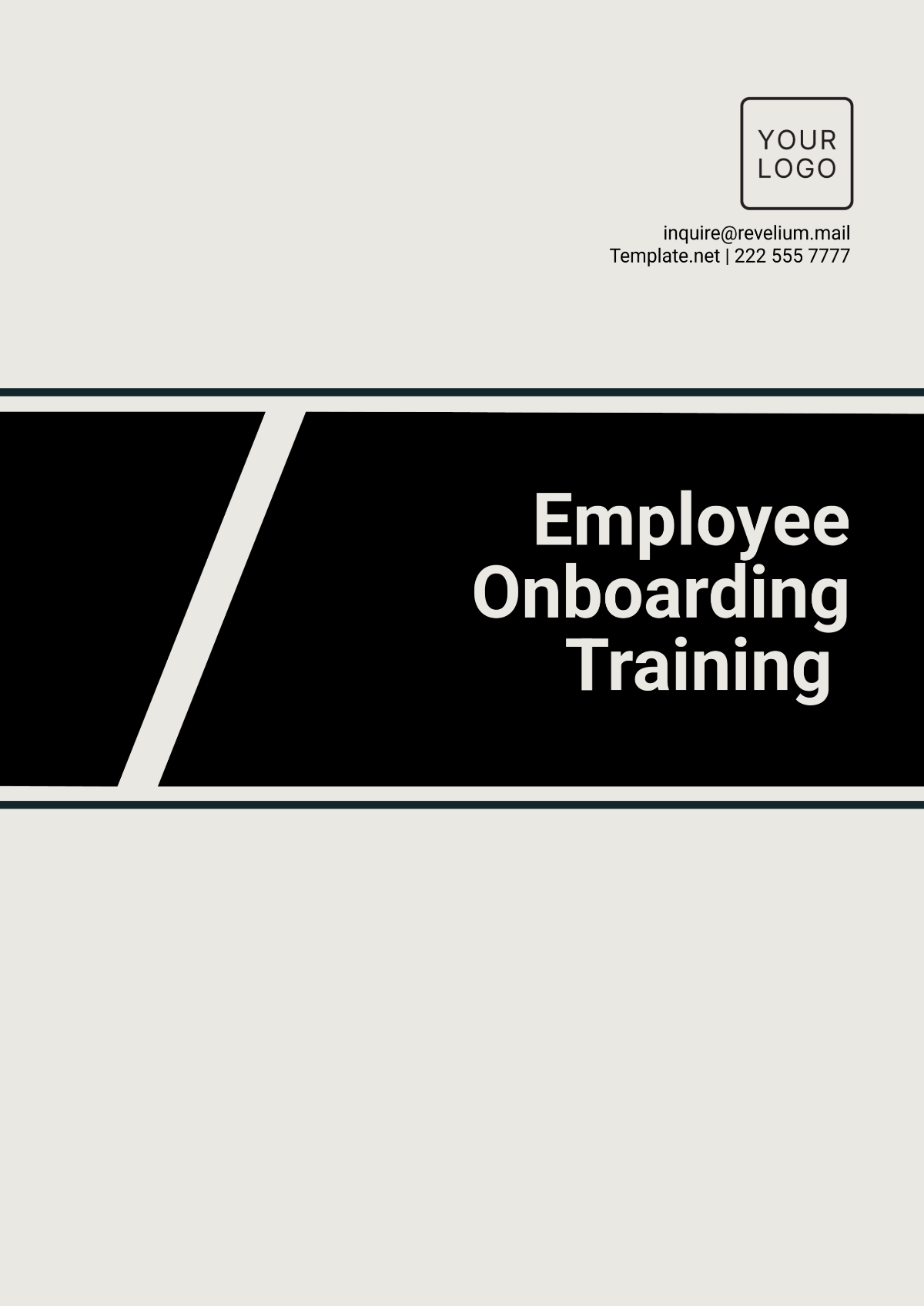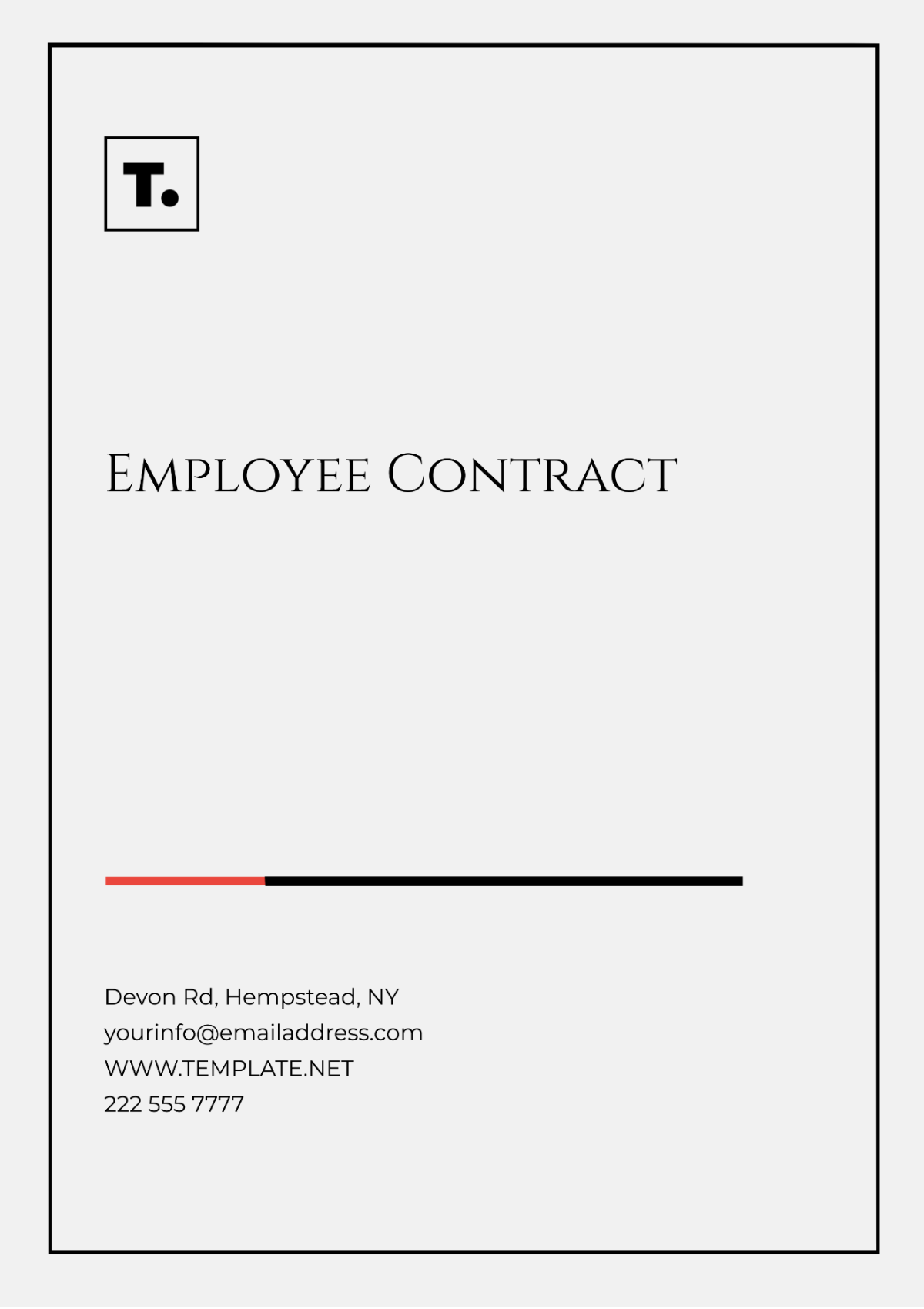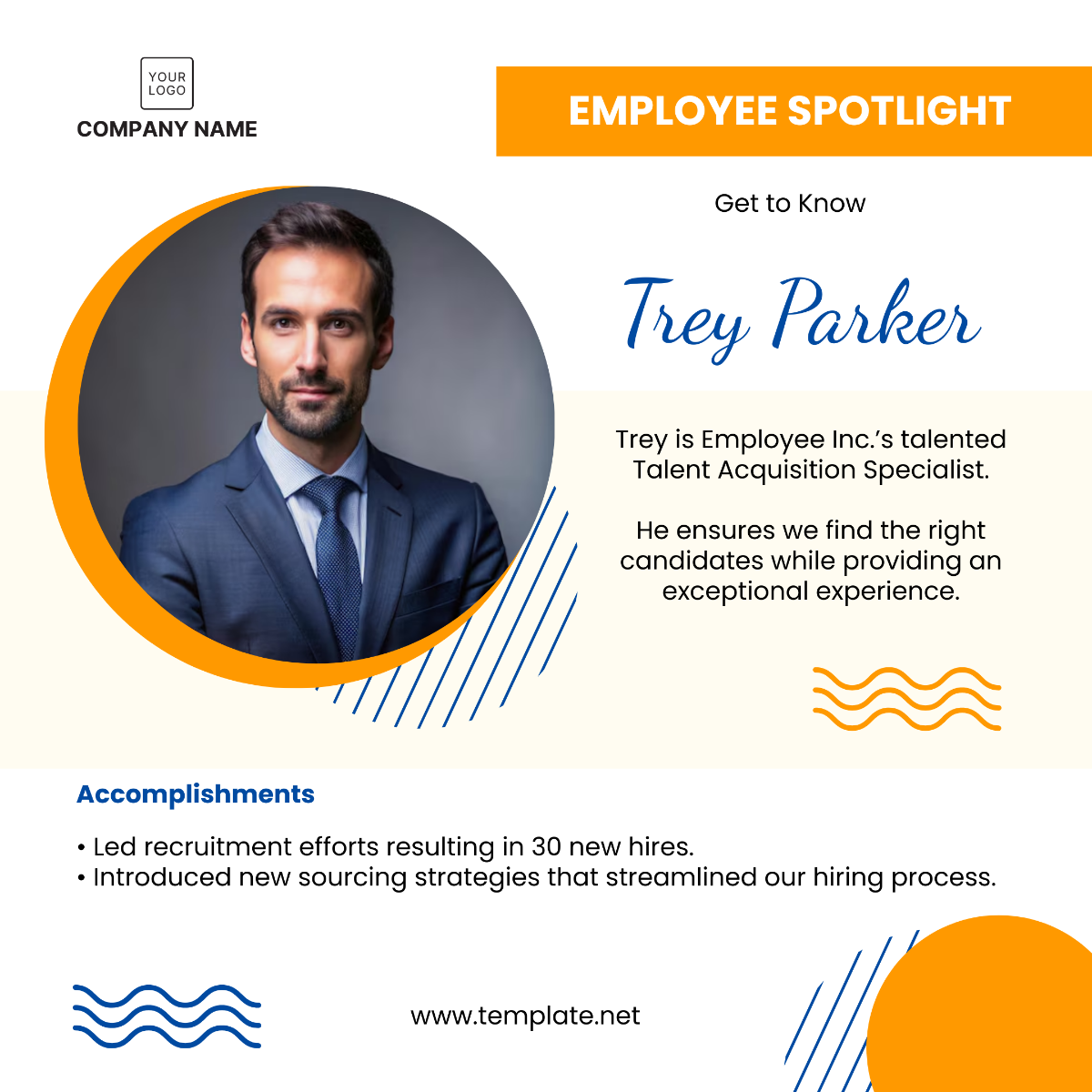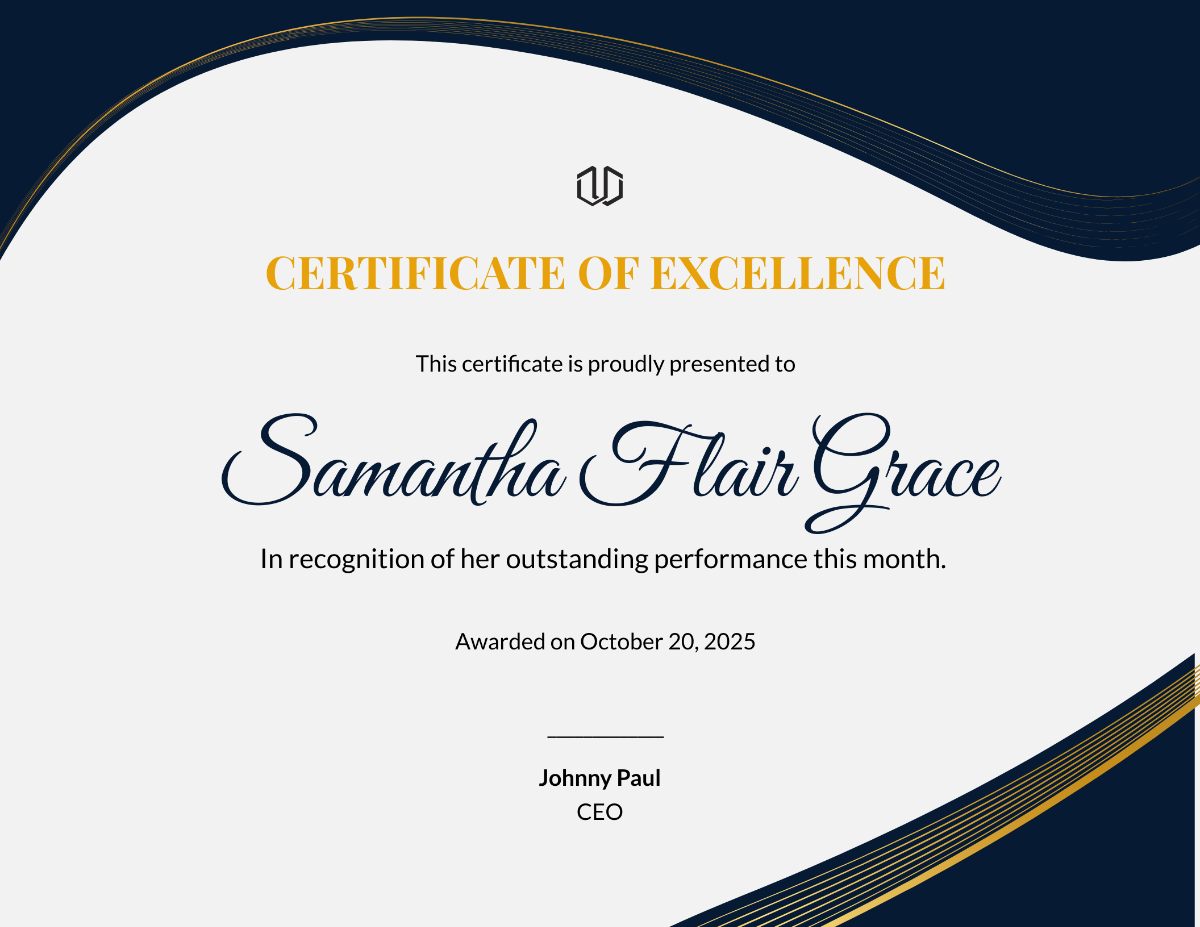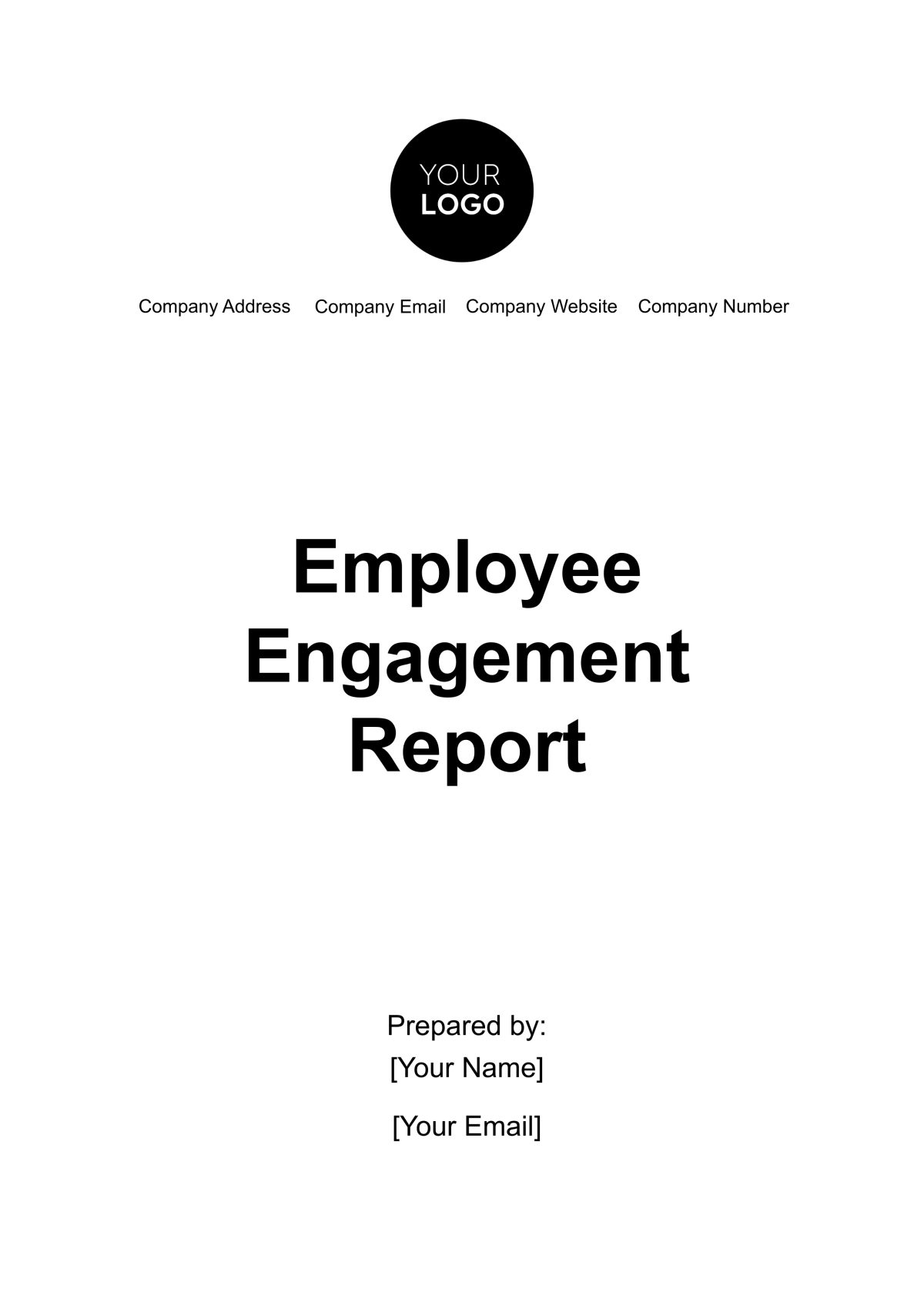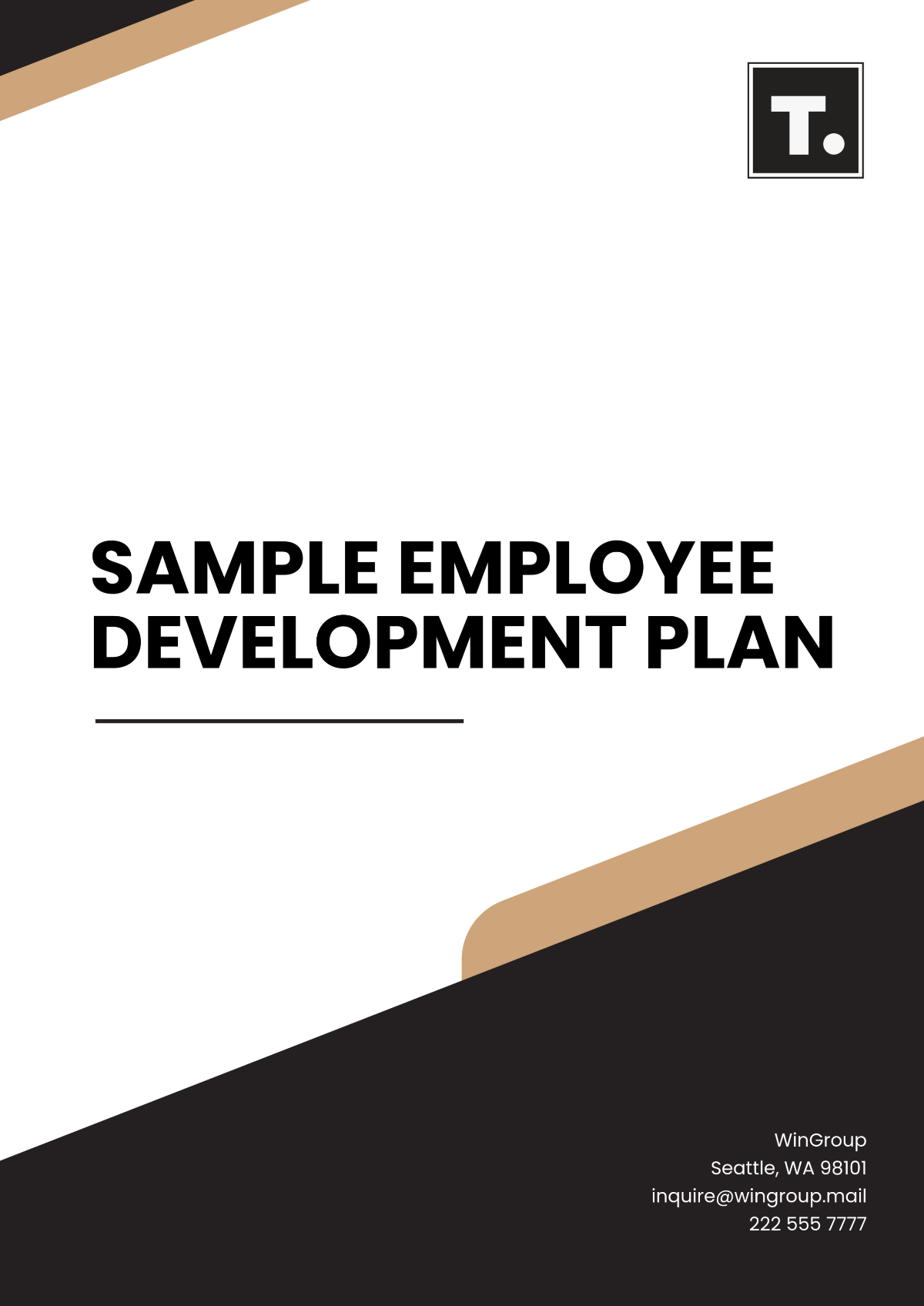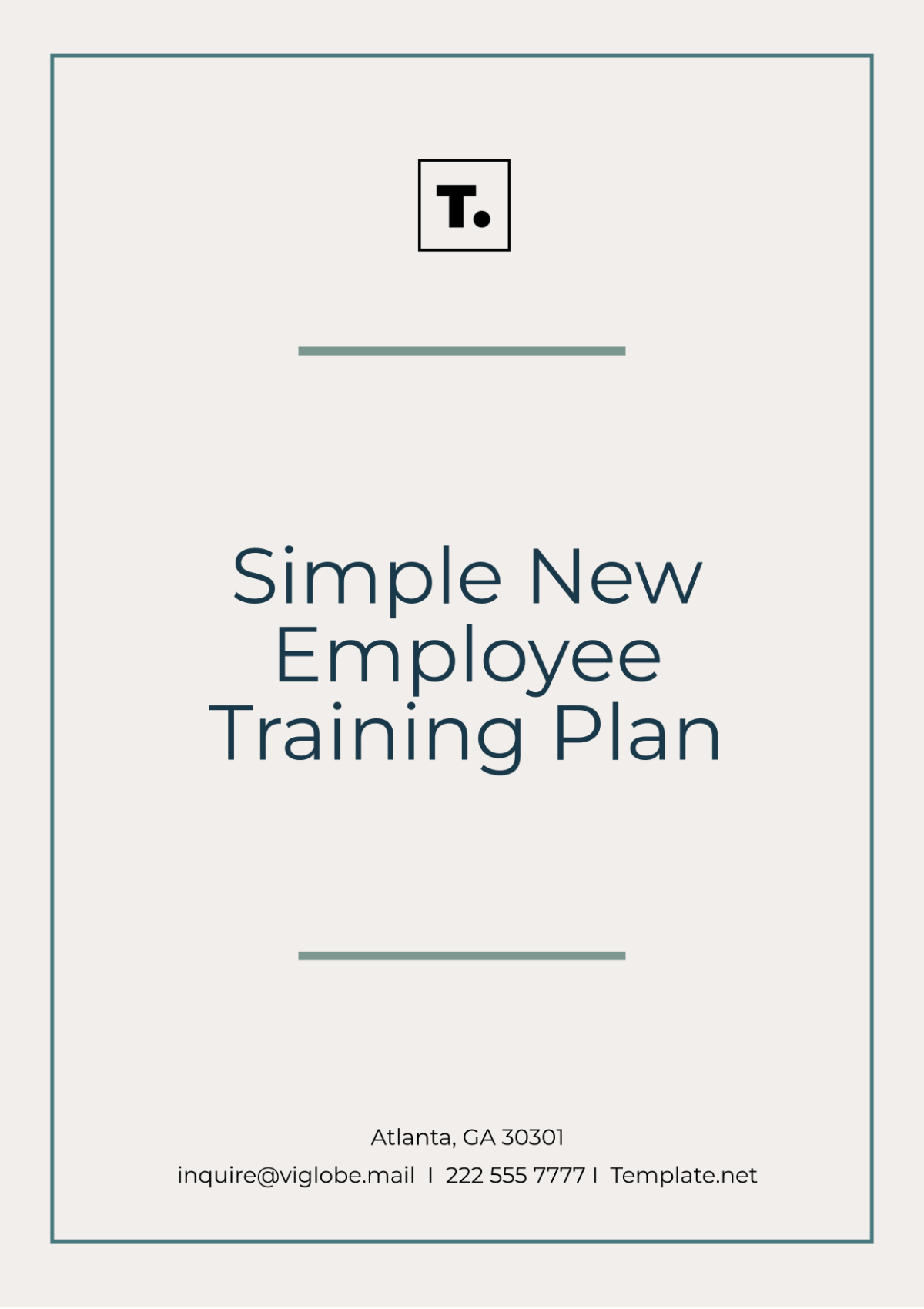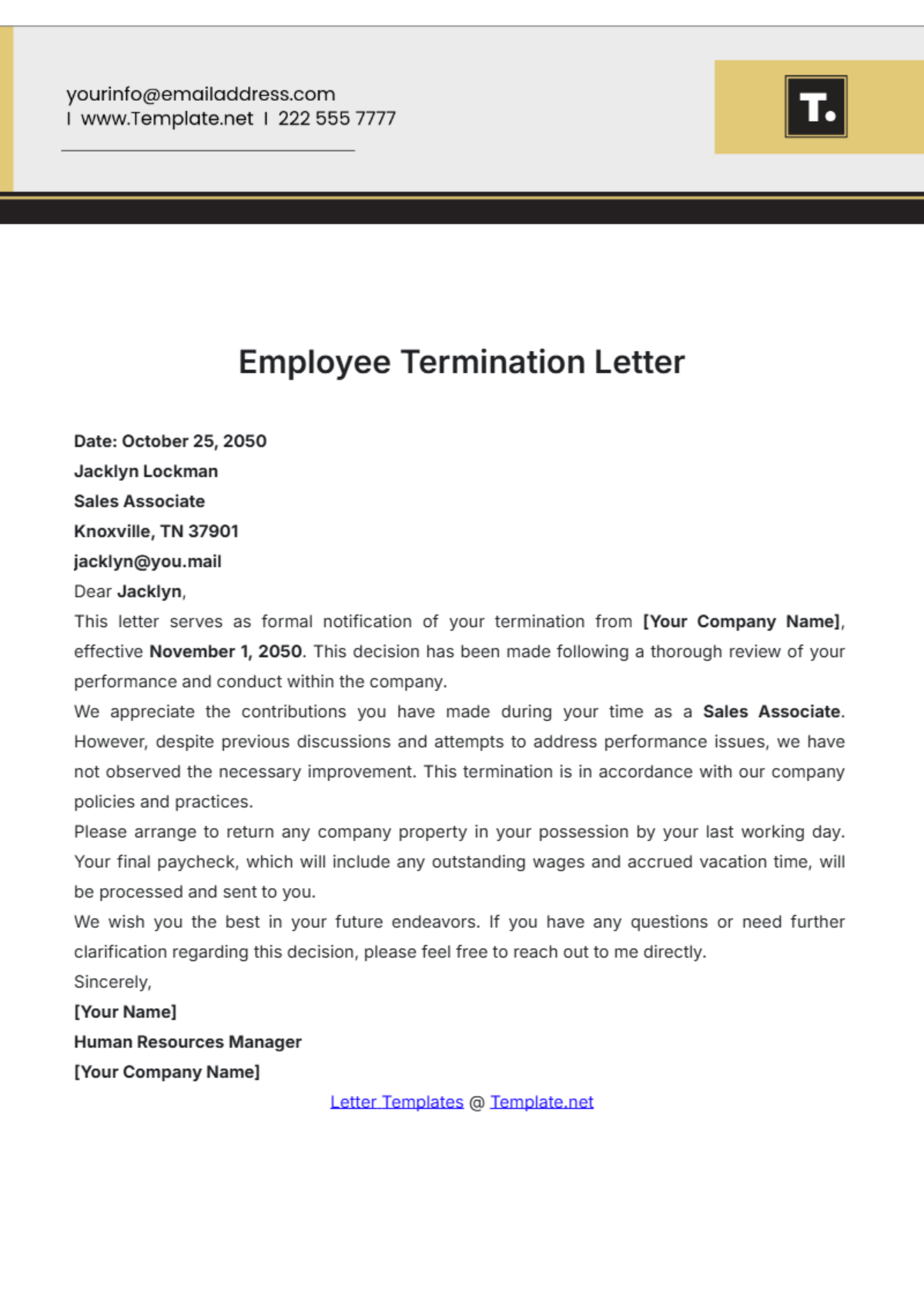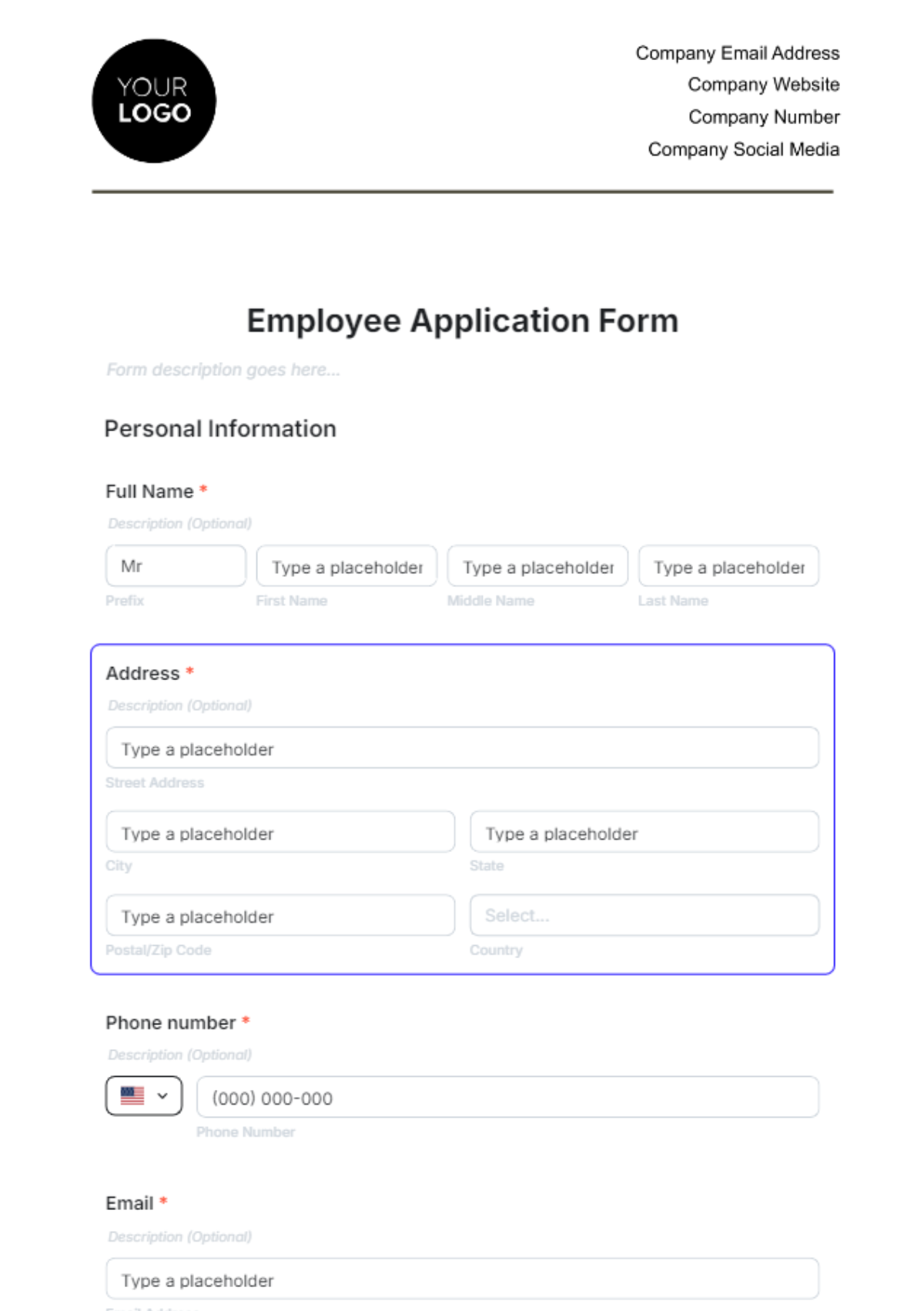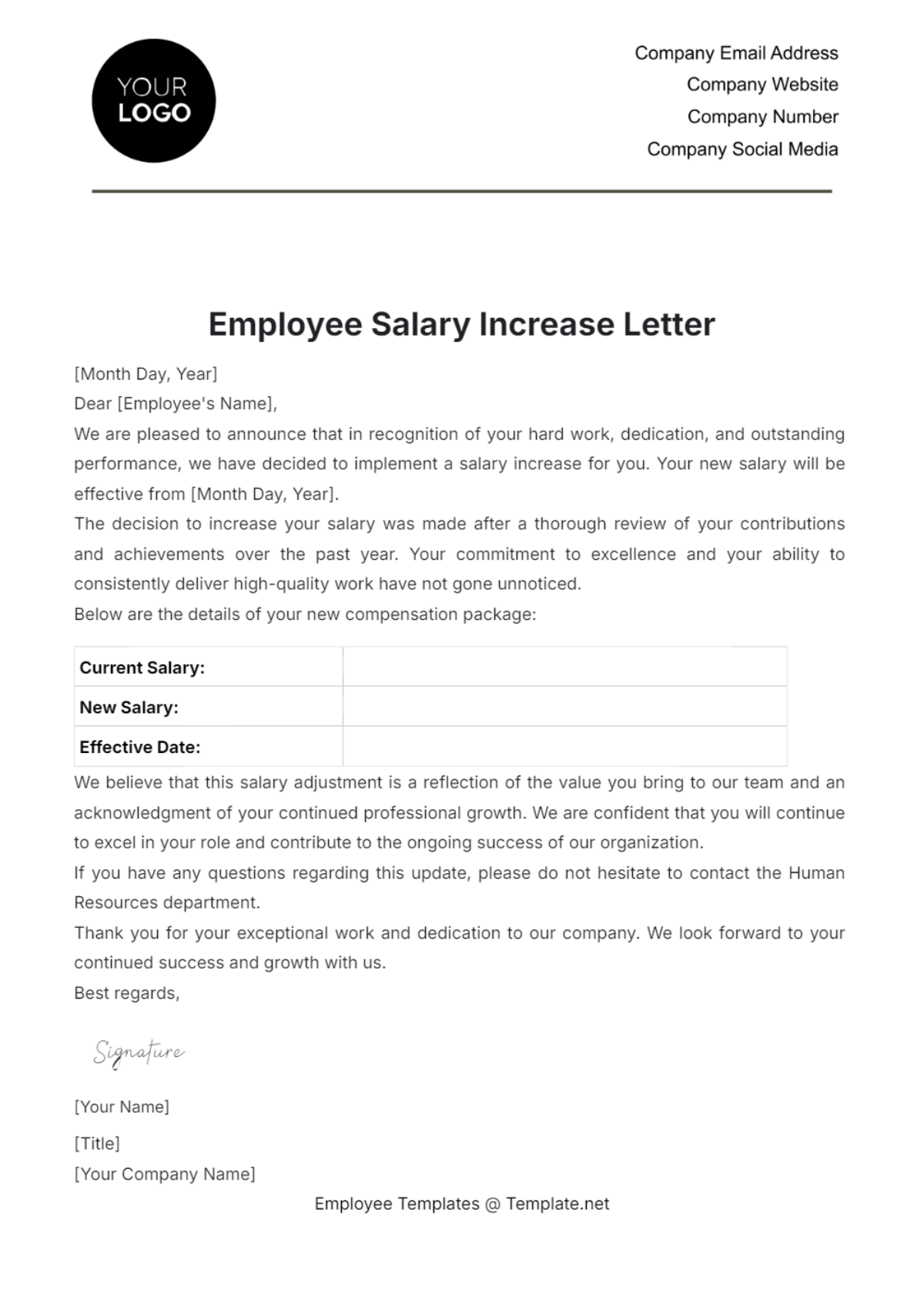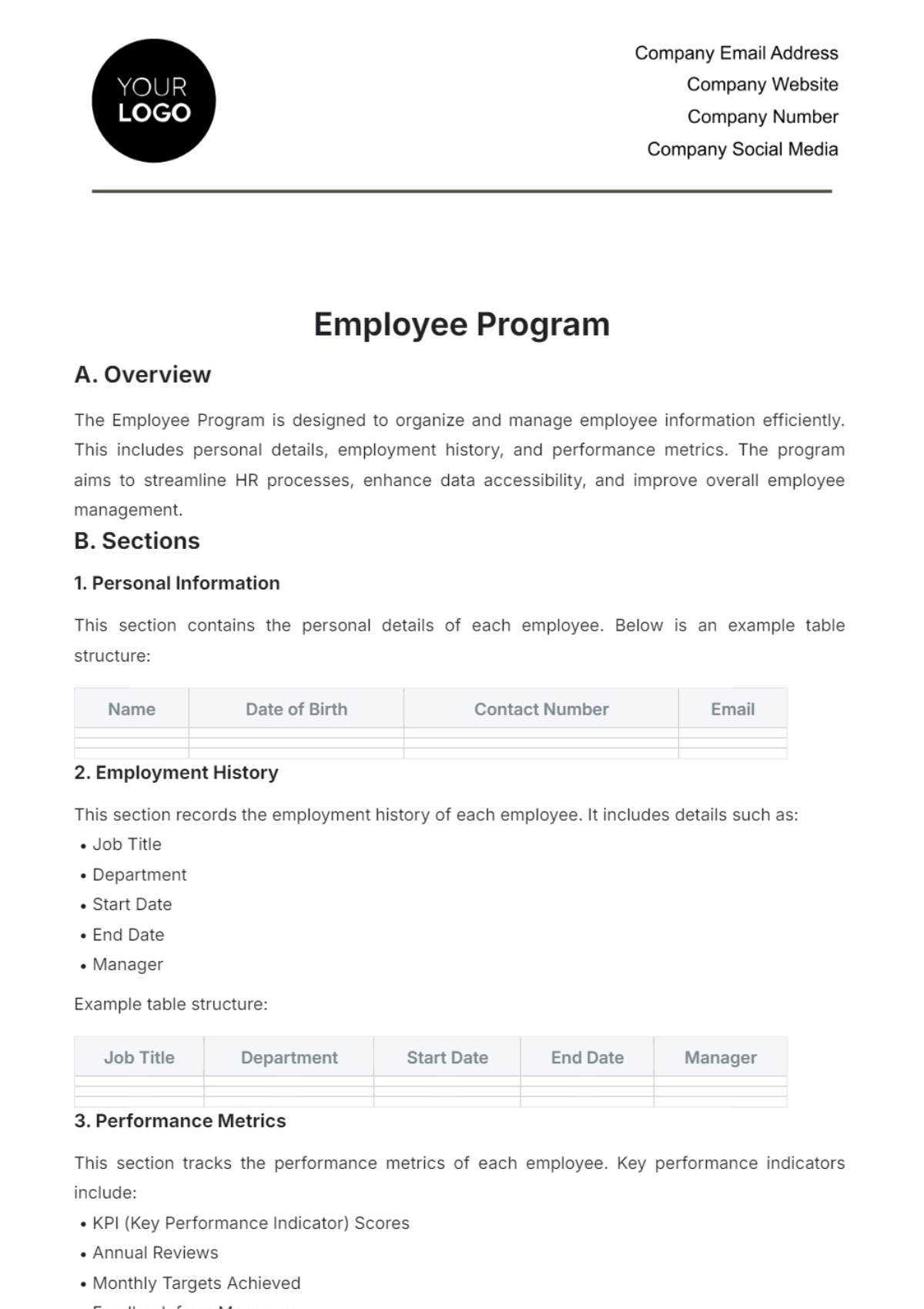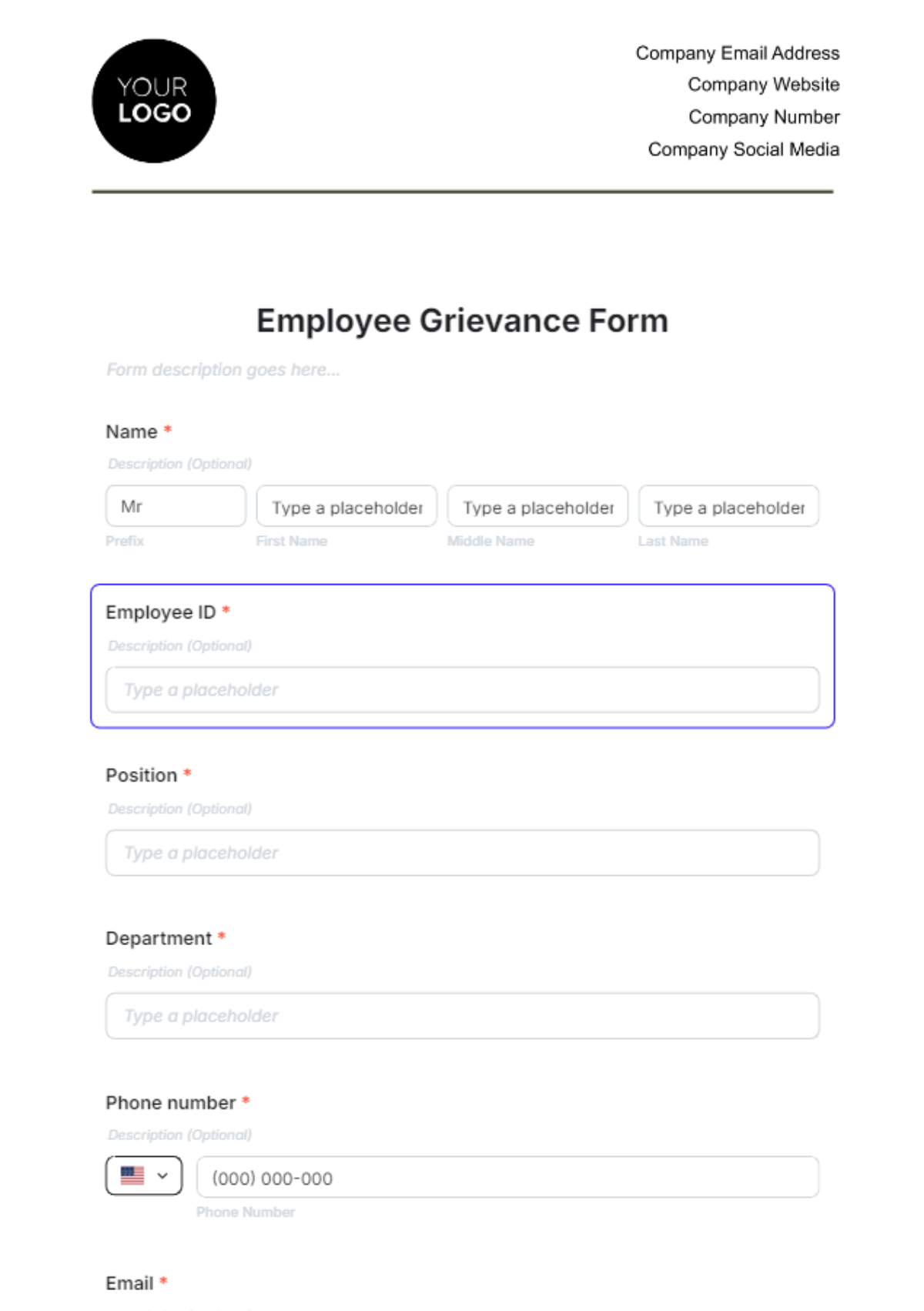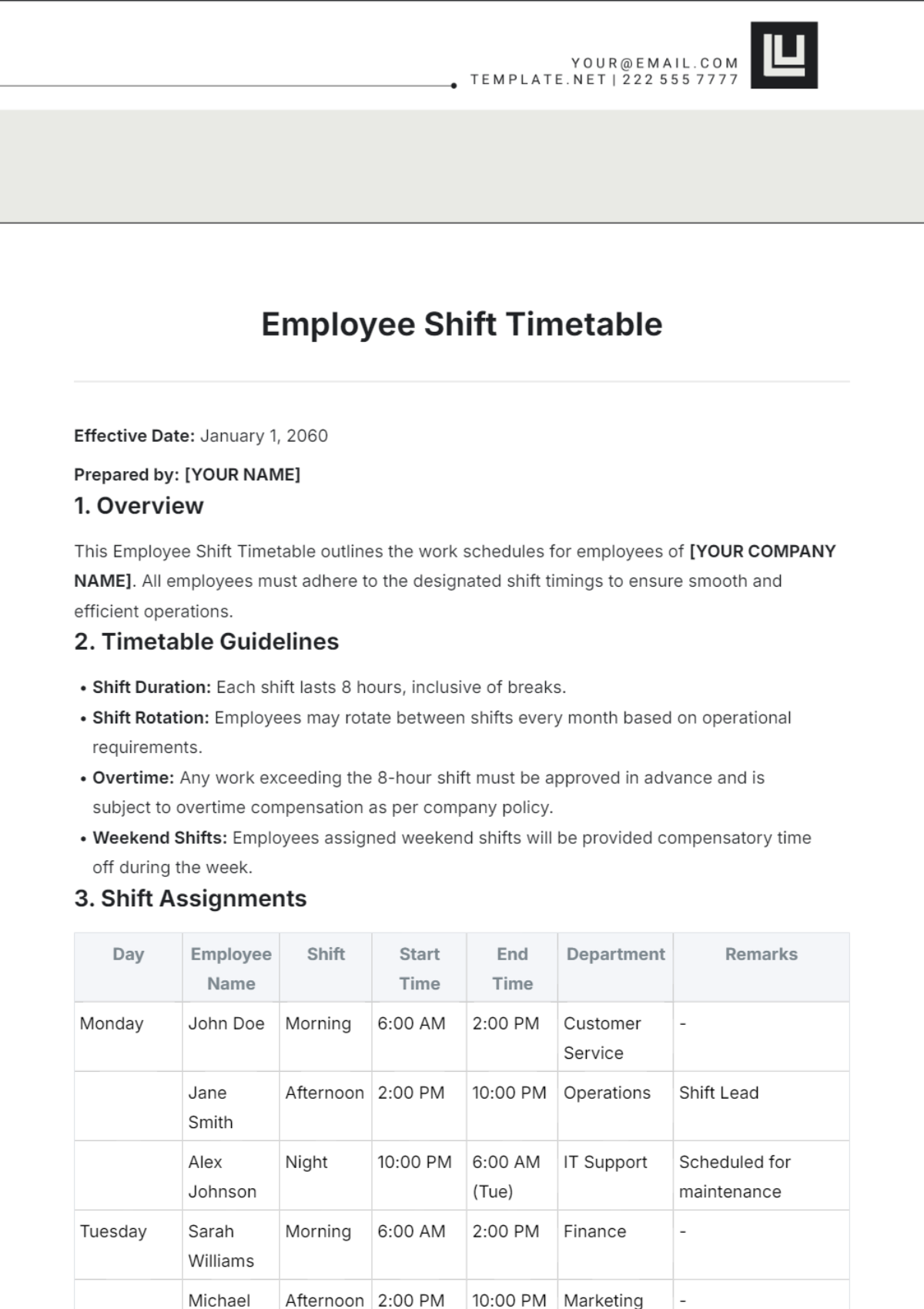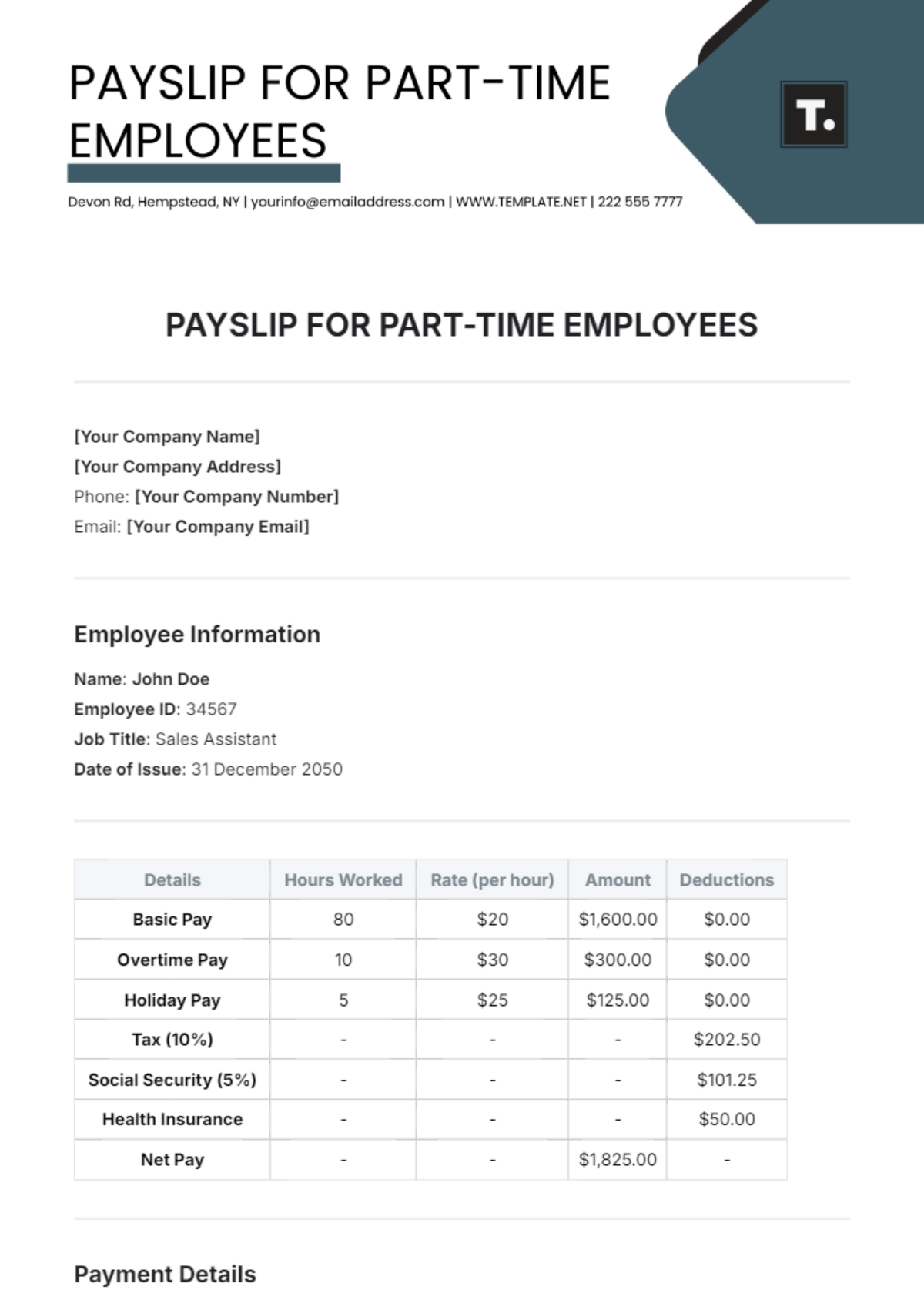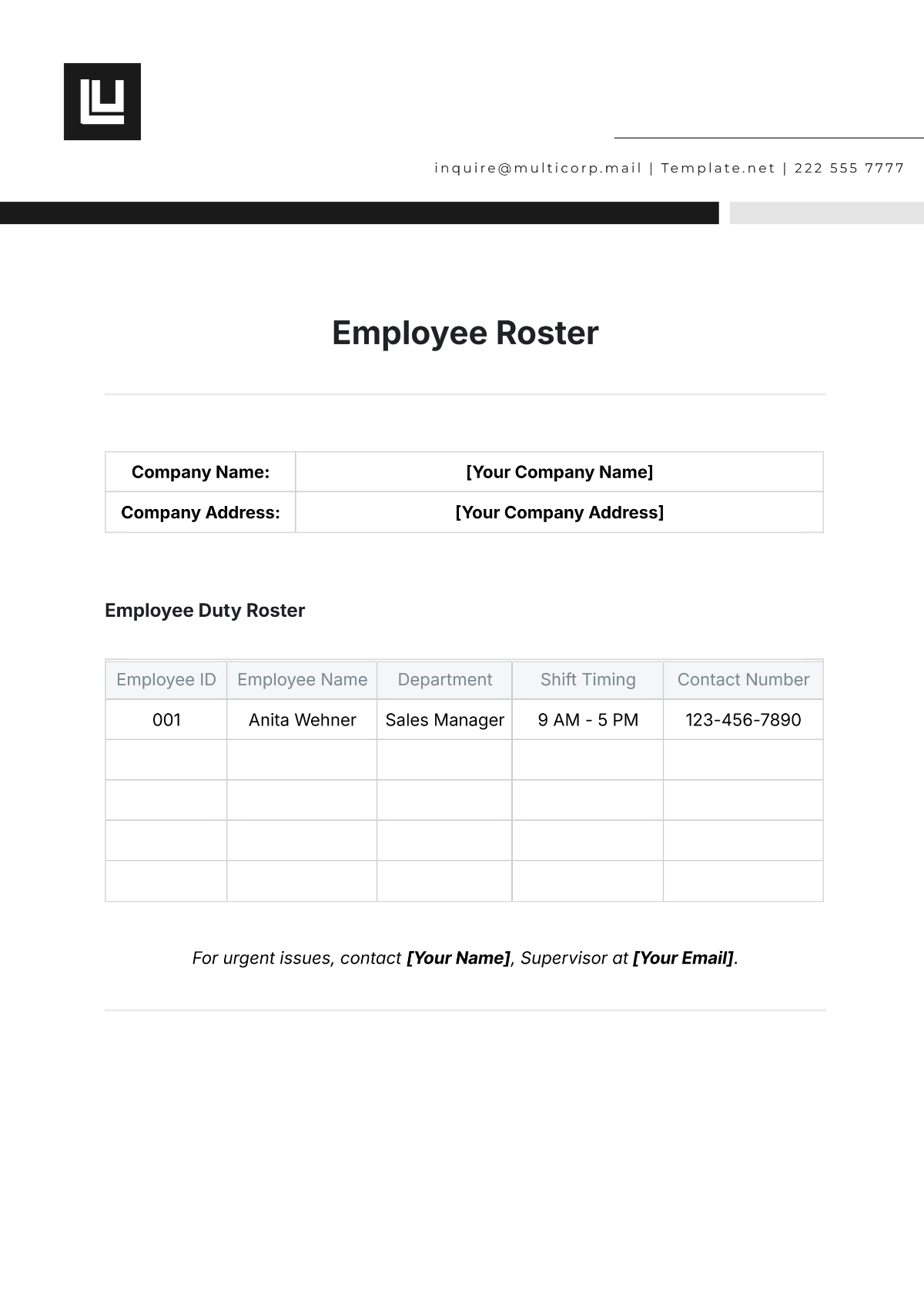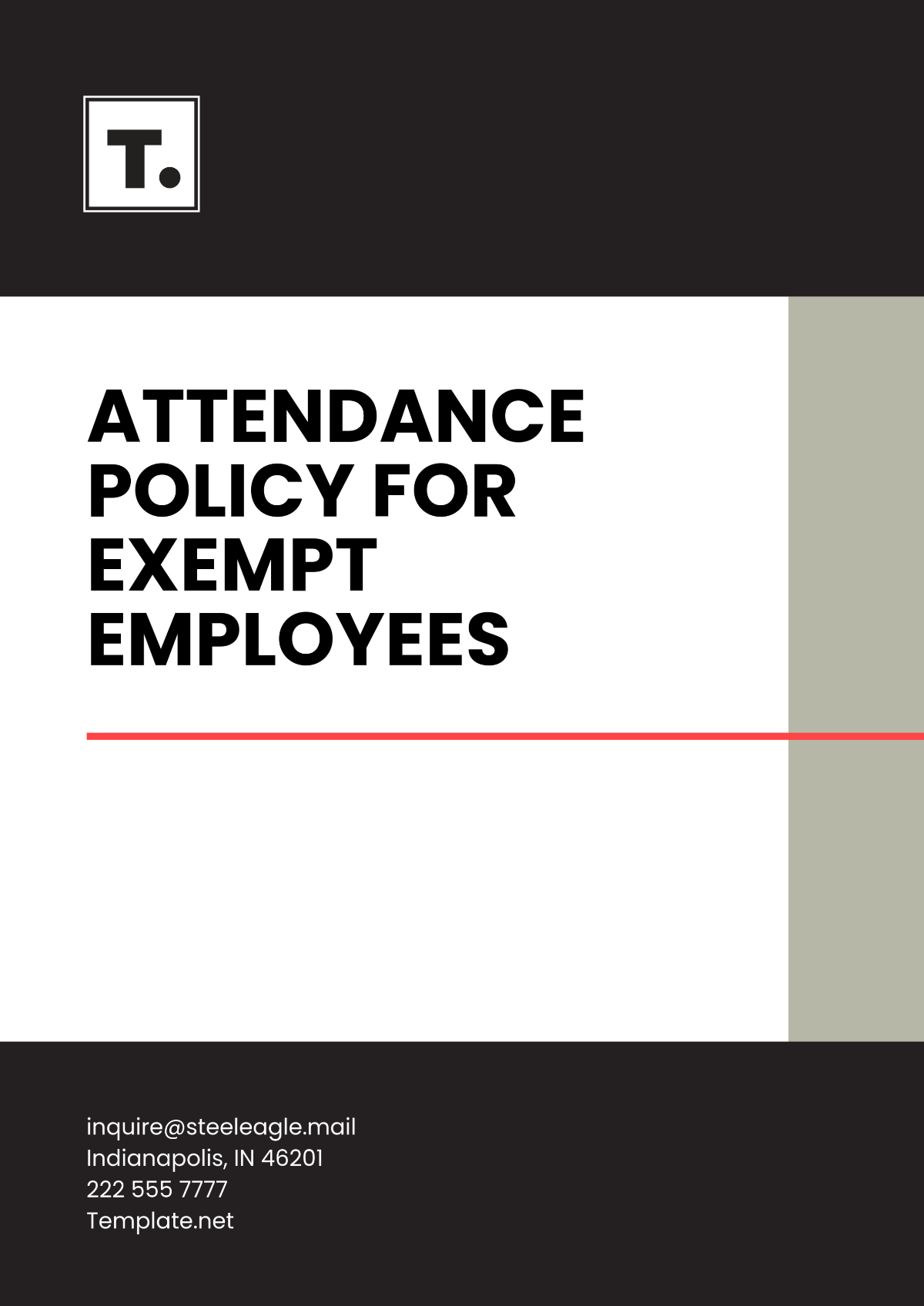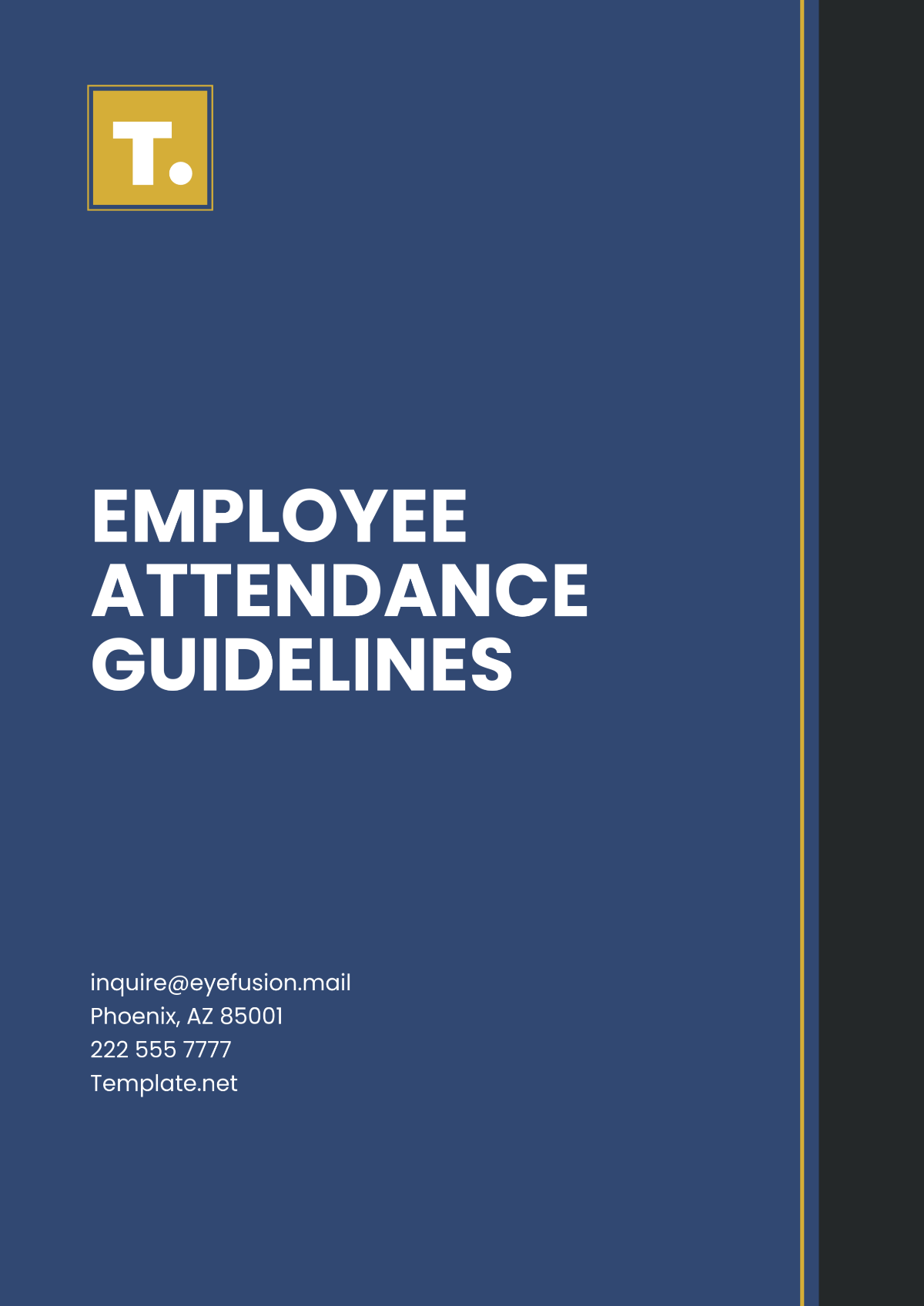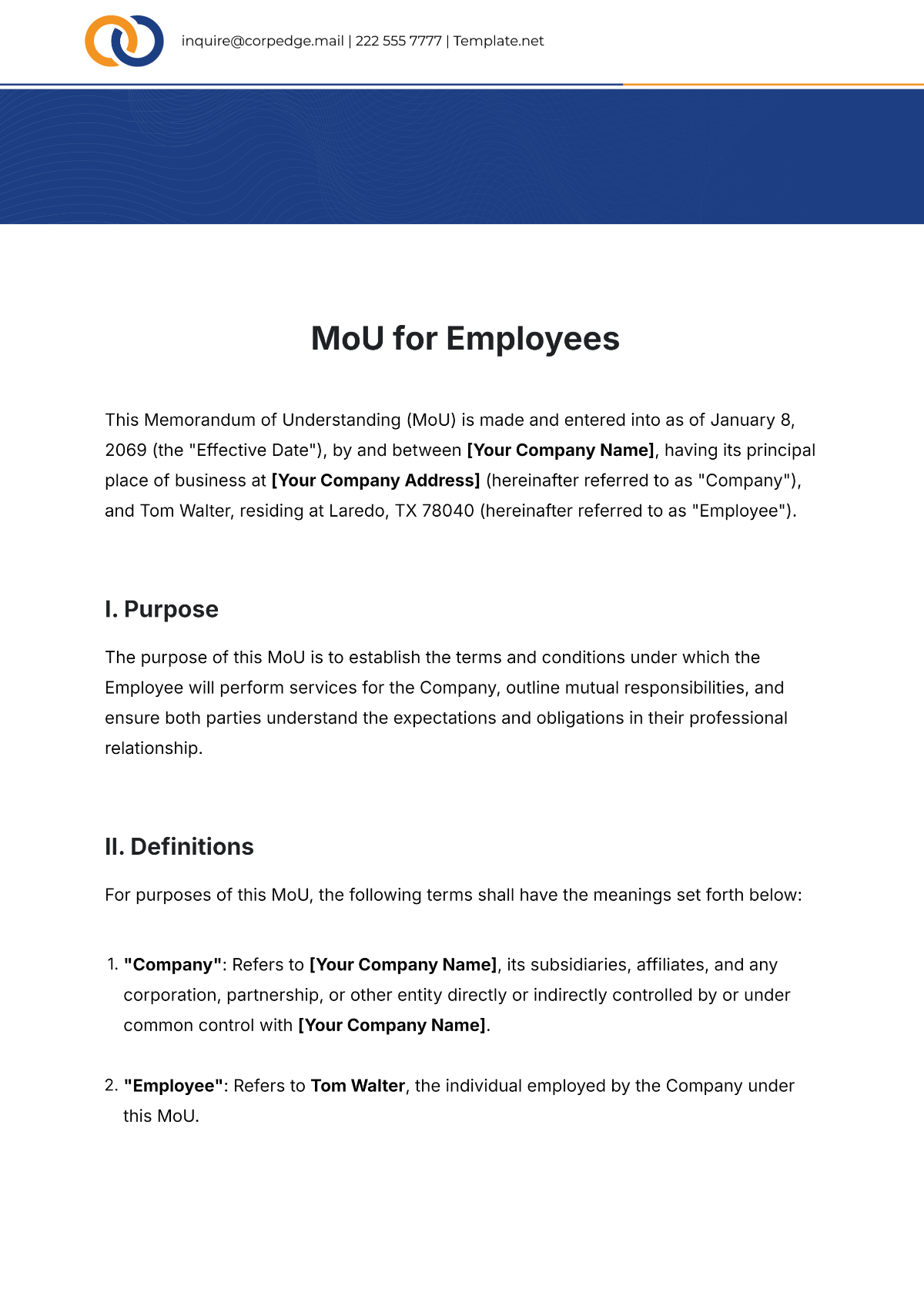Employee Onboarding Case Studies
Importance of Effective Onboarding
Effective onboarding goes beyond just the first week of introductions. It's about integrating an individual into our company's fabric, setting them up for success from their very first day. A structured onboarding process doesn't just lead to better job performance; it significantly influences job satisfaction, organizational commitment, and retention. At our company, we believe that investing in the initial experience of our employees paves the way for a sustainable, harmonious, and productive work environment.
Methodology
In our quest to understand the onboarding experience deeply, it's essential to approach this analysis systematically. Here's a glimpse into our method:
Selection Criteria
Case studies for this document were meticulously selected based on a diverse set of criteria. We aimed to encompass a range of experiences, from hires in different departments to employees coming from varied professional backgrounds. [Employee Names] are three of several individuals whose onboarding journey, we believe, can offer crucial insights into our existing processes.
Data Collection
This included comprehensive questionnaires that were administered to new hires post their initial month, capturing their sentiments, suggestions, and feedback; personal interviews that were conducted with select employees; and feedback from Department Heads.
Time Frame
The case studies, including that of [Employee Name], span onboarding experiences from January to December of the previous year. This time frame was selected to provide a broad perspective, accounting for any seasonal variations or company-specific events that might influence the onboarding experience.
Case Study 1[Employee Name] | |||||
Position: [Position] | Hiring Date: [Date] | ||||
| |||||
| |||||
| |||||
| |||||
Case Study 2[Employee Name] | |||||
Position: [Position] | Hiring Date: [Date] | ||||
| |||||
| |||||
| |||||
| |||||
Case Study 3[Employee Name] | |||||
Position: [Position] | Hiring Date: [Date] | ||||
| |||||
| |||||
| |||||
| |||||
Analysis & Trends
Common Trends
All employees, whether they were in engineering, marketing, or customer support, benefited from a structured onboarding process.
Assigning mentors or having employees shadow experienced team members proved valuable in integrating new hires into their roles effectively.
Employees often had insightful feedback after completing the onboarding process, indicating an active engagement level throughout their initiation.
Areas of Success
Whether it was about coding practices for [Employee 1], brand guidelines for [Employee 2], or troubleshooting techniques for [Employee 3], intensive and role-specific training was a significant advantage. This not only helped in a smoother transition but also ensured that new hires were contributing effectively in a relatively short period.
Immersing new hires in their respective teams from the get-go, with activities like brainstorming sessions, team meetings, or shadowing, enabled a holistic understanding of their roles and fostered team spirit.
Each employee showcased noticeable improvements and tangible outcomes post their onboarding process. [Employee 1] finished tasks faster, [Employee 2] boosted global outreach, and [Employee 3] achieved high customer satisfaction scores.
Areas of Improvement
Both [Employee 1] and [Employee 3] felt the need for more extensive documentation, whether it was for proprietary tools or an internal Knowledge Base. This shows a potential gap in the available resources for new employees.
[Employee 2]'s feedback highlighted the importance of cross-departmental sessions. Facilitating interactions between departments during onboarding can provide a broader company understanding and better alignment with the overall mission and vision.
Especially with remote employees or those in different time zones, there is a need to offer more flexible training sessions. Ensuring that these sessions cater to the diverse needs of employees can enhance their onboarding experience further.
Recommendations
Based on the insights gathered from the case studies, the following recommendations are put forth to enhance the onboarding process at our company:
Develop Comprehensive Documentation: Enhance and regularly update documentation for all roles and proprietary tools. This will act as a valuable reference point for new hires.
Facilitate Cross-Functional Interaction: Introduce periodic cross-departmental sessions or meetings during the onboarding process. This will promote a holistic understanding of the company's operations and foster inter-departmental collaboration.
Flexible Training Modules: Consider introducing on-demand training sessions or workshops, allowing employees, especially those working remotely or in different time zones, to access them at their convenience.
Regular Feedback Mechanism: Implement a routine feedback mechanism during the onboarding phase, not just at the end. This will allow HR and respective departments to tweak the process in real-time based on the feedback.
Personalized Onboarding Pathways: Recognize that each employee is unique. Design personalized onboarding tracks that cater to the individual strengths and learning curves of the new hires.
Conclusion
The onboarding process is a critical phase in an employee's journey at our company. The insights derived from the case studies of the employees have highlighted both the strengths and areas of potential improvement in our approach.
While there have been several successes, there's always room to enhance and refine our strategies to ensure a smoother transition for new hires. Taking into account the trends observed and recommendations proposed, we believe that our company is on a positive trajectory to creating a more efficient, insightful, and welcoming onboarding experience for its future talents.
Thank you to all the departments, mentors, and new hires who have actively contributed to this invaluable research. Together, we are building a stronger, more cohesive [Your Company Name].
